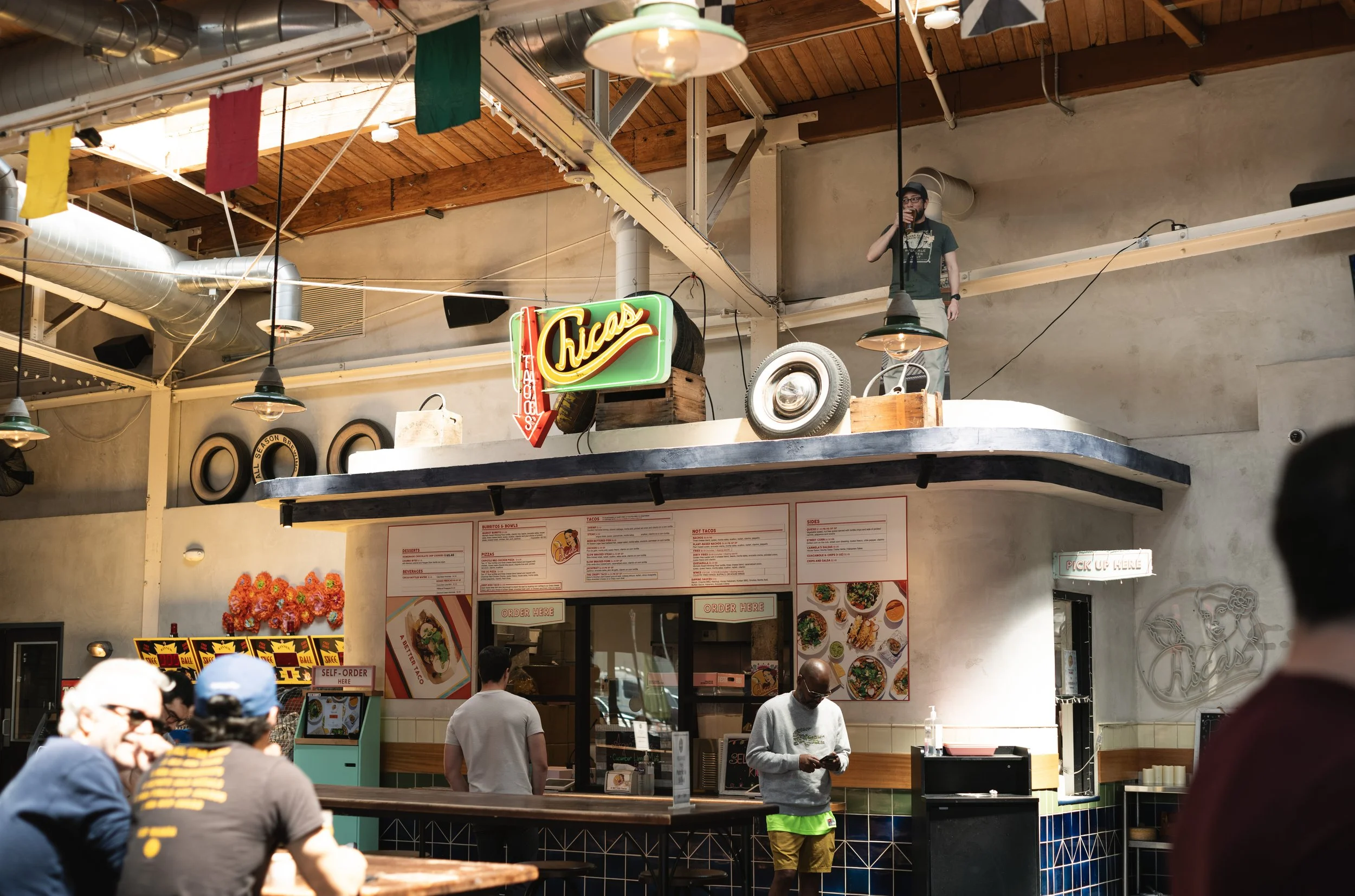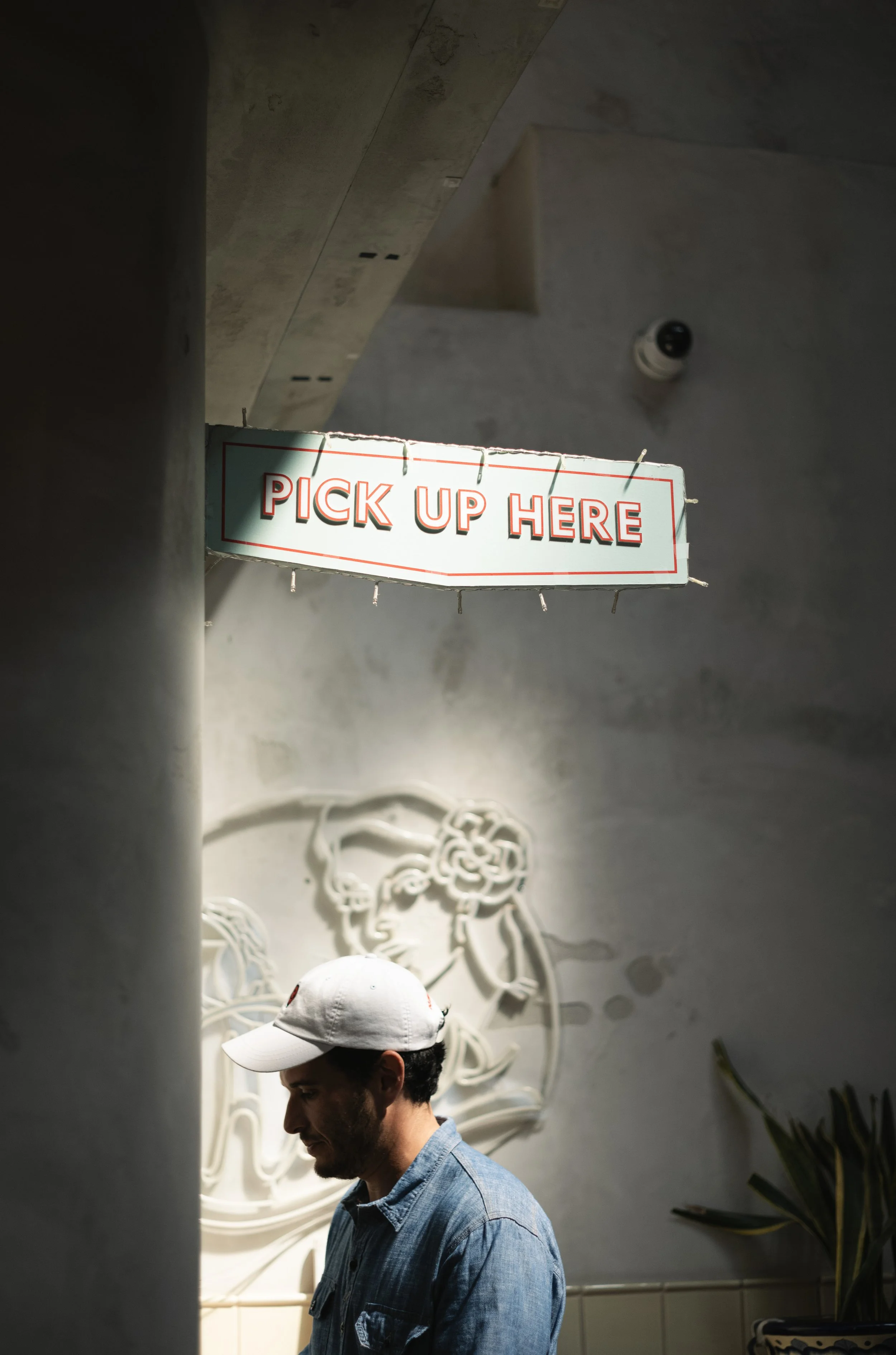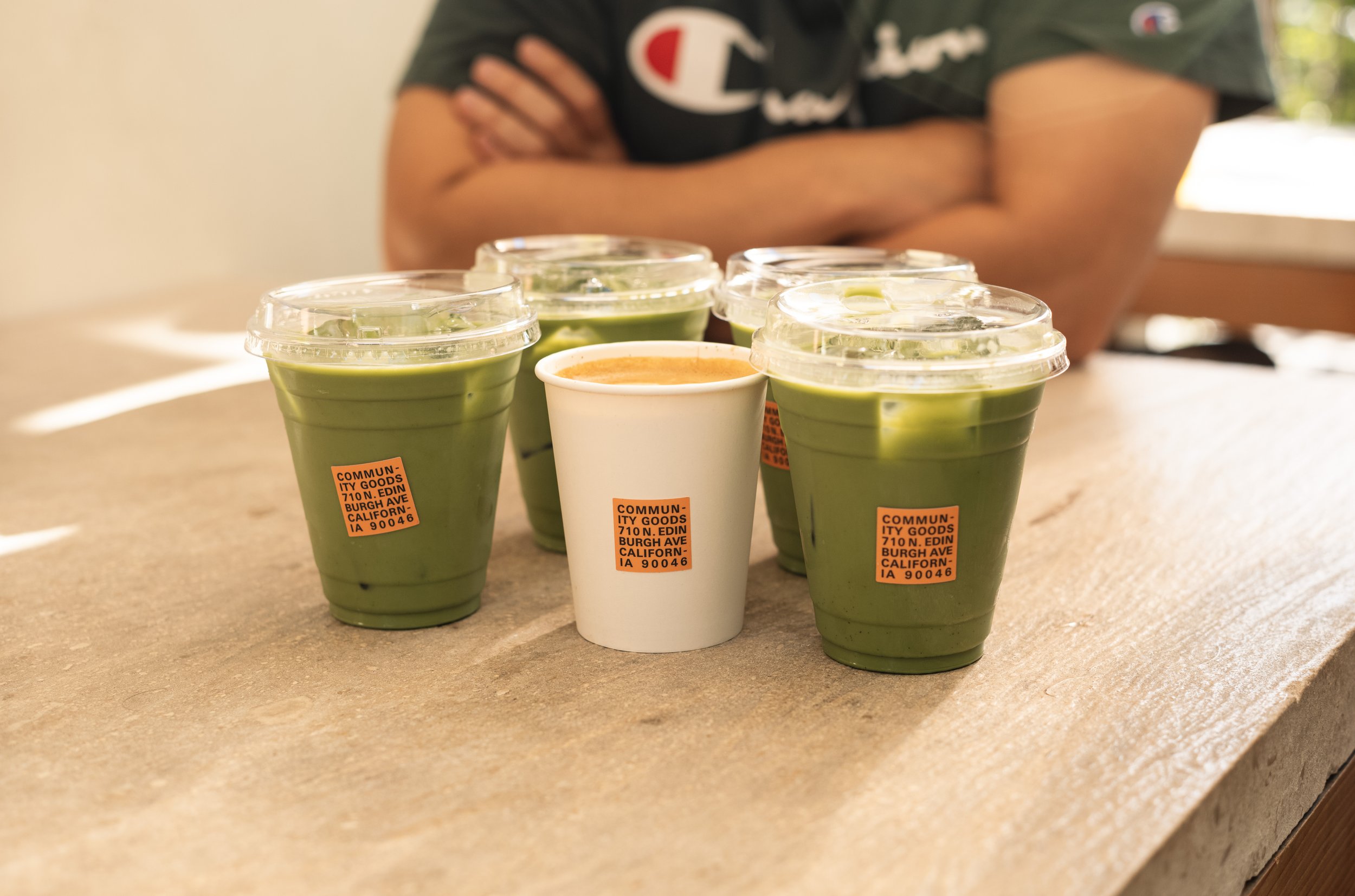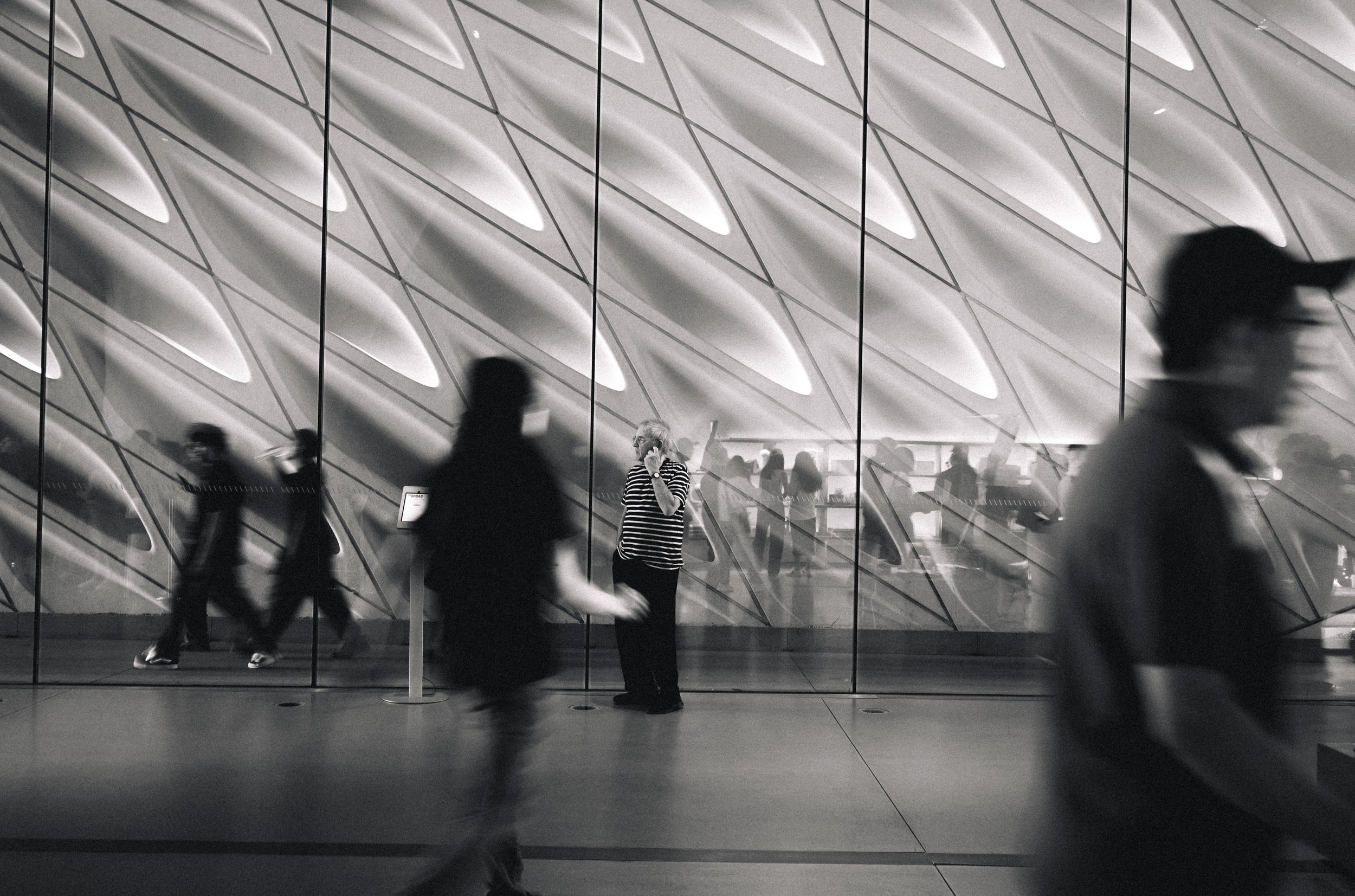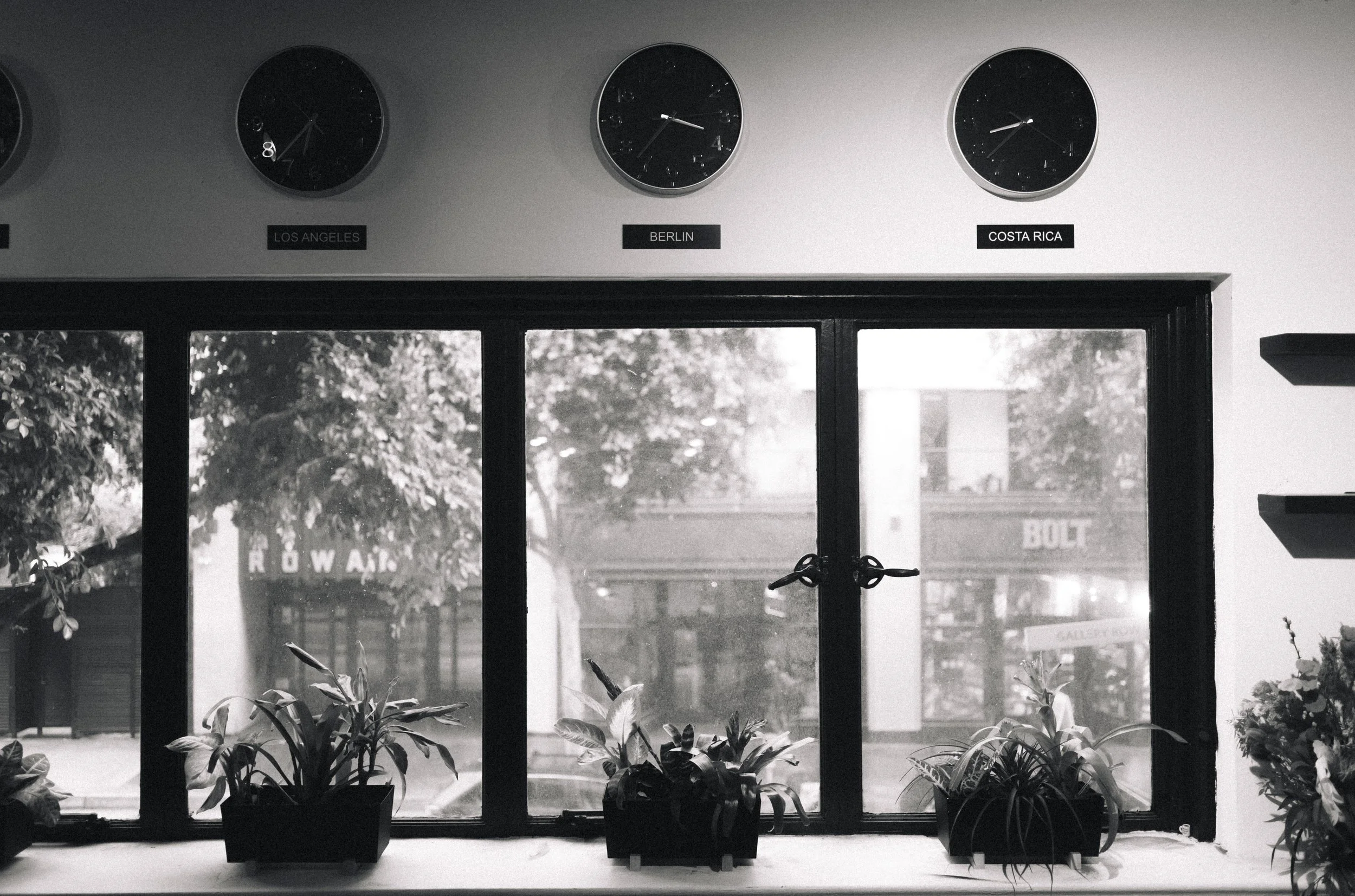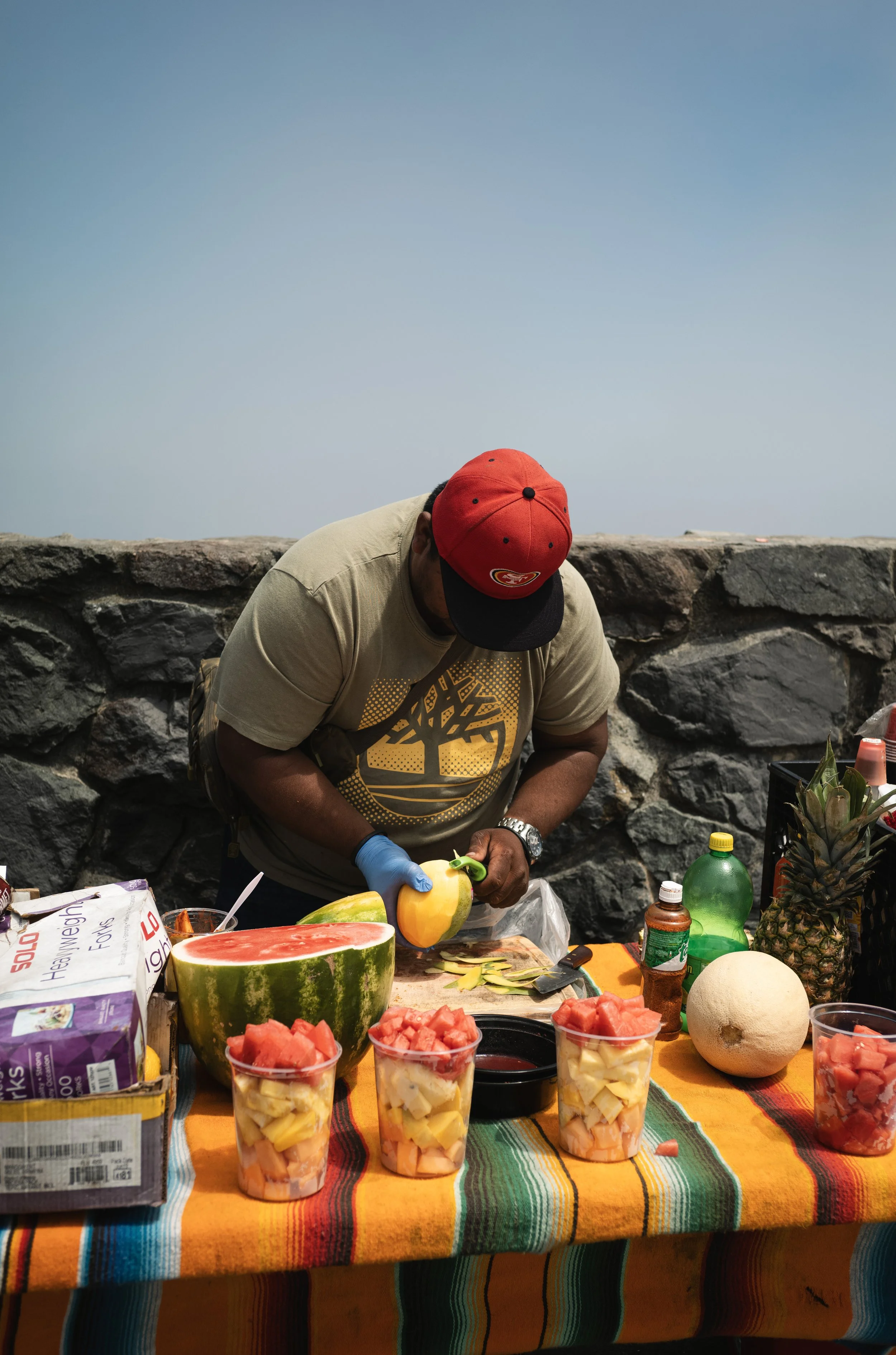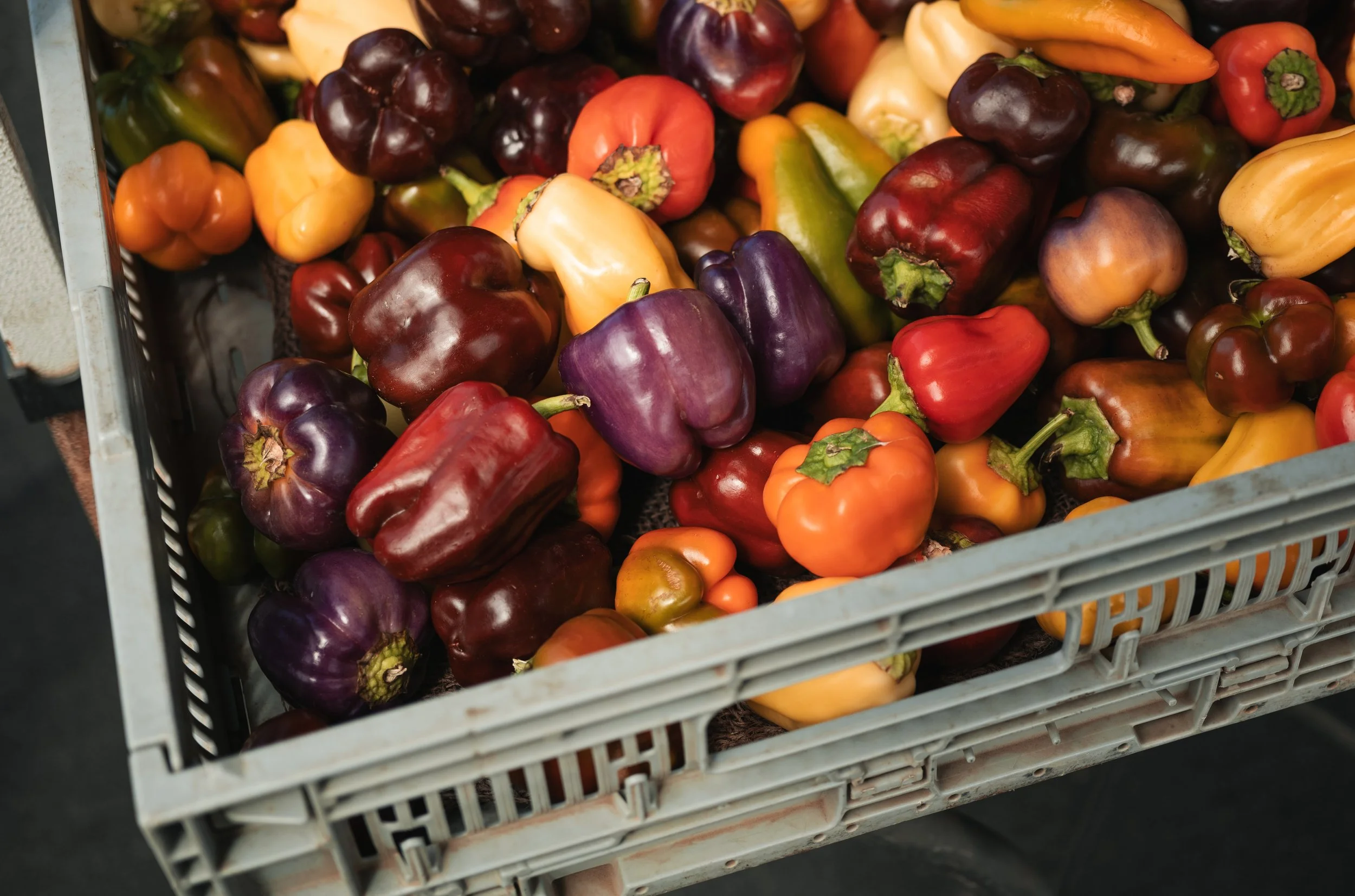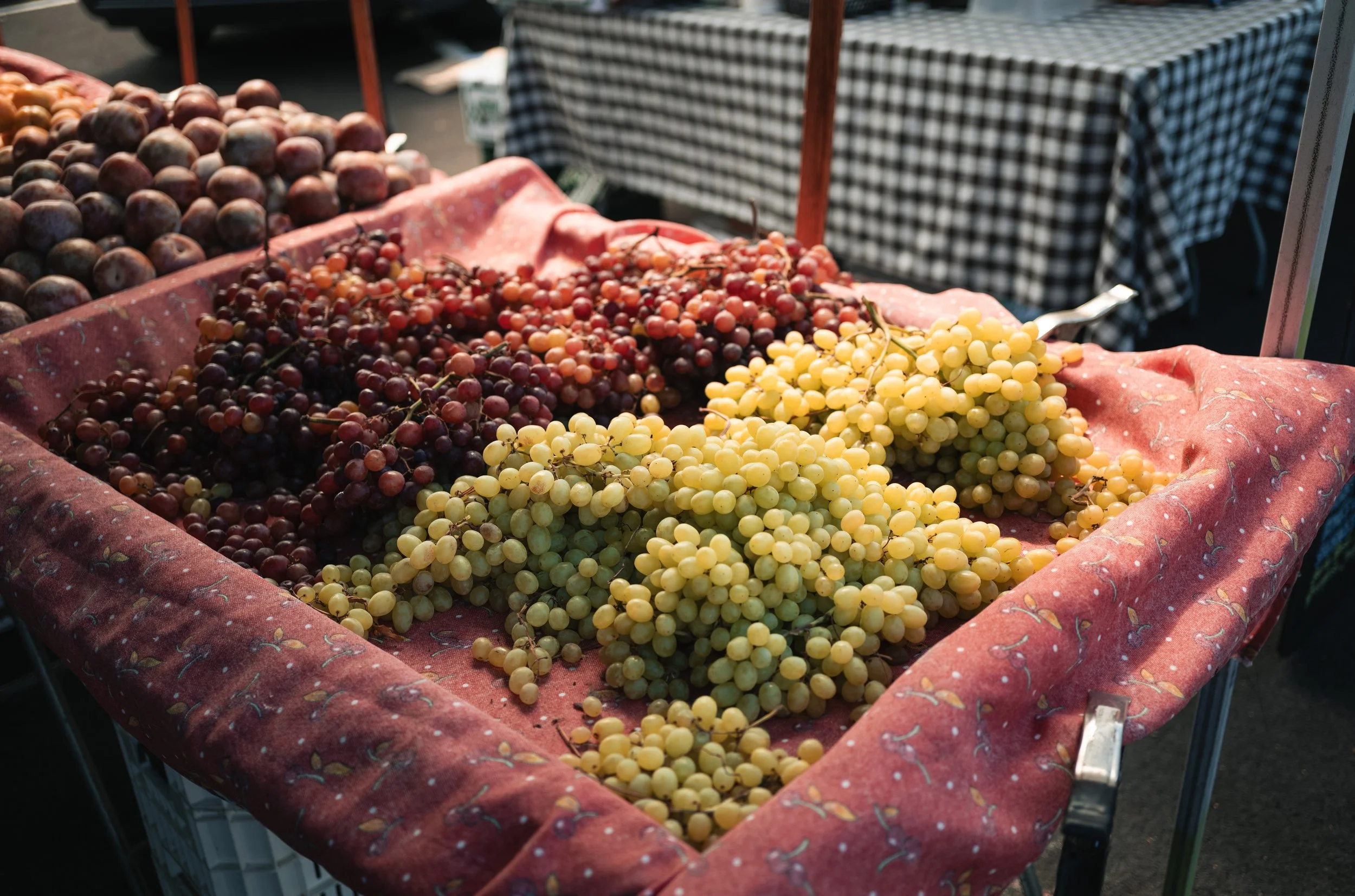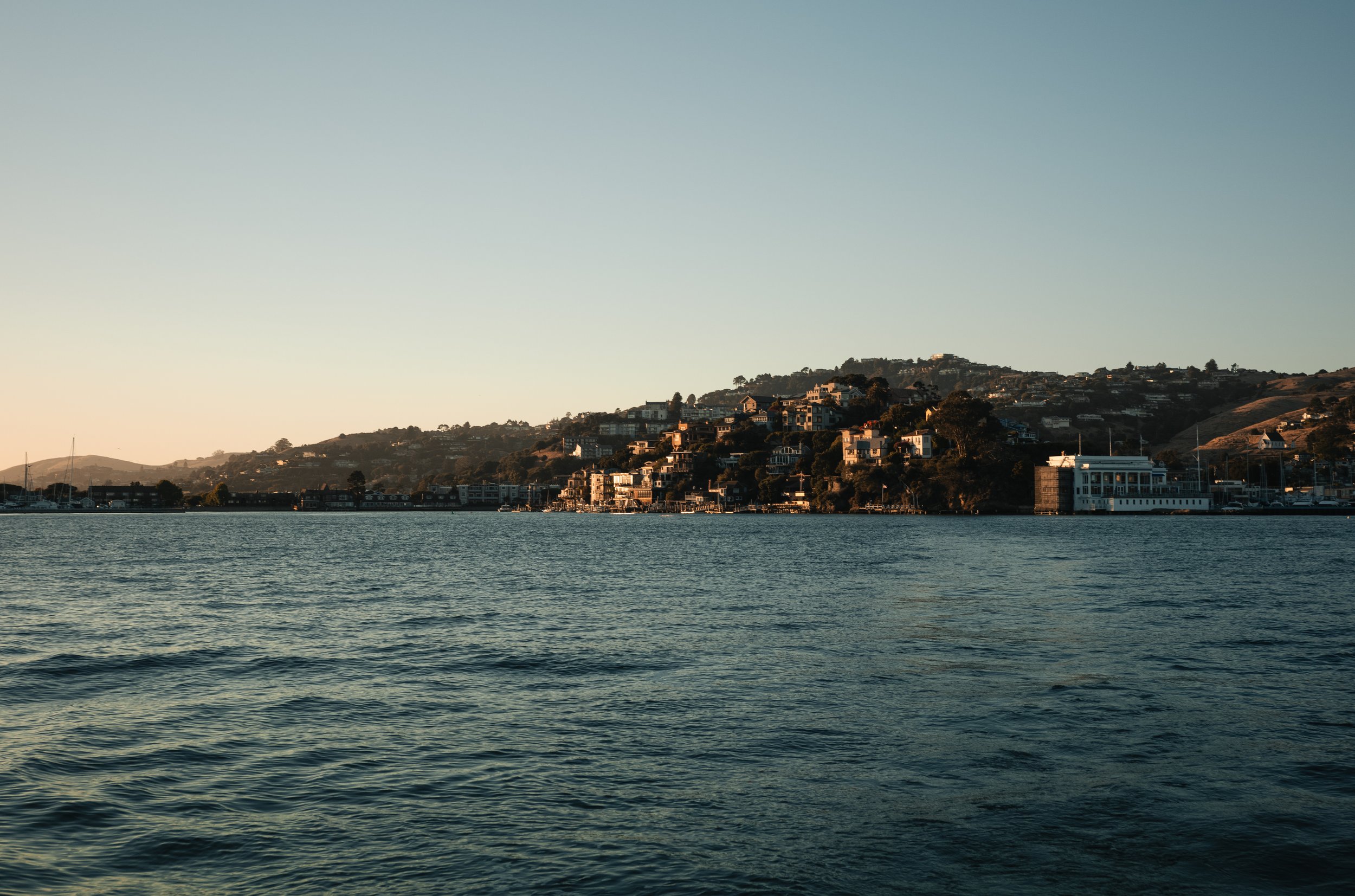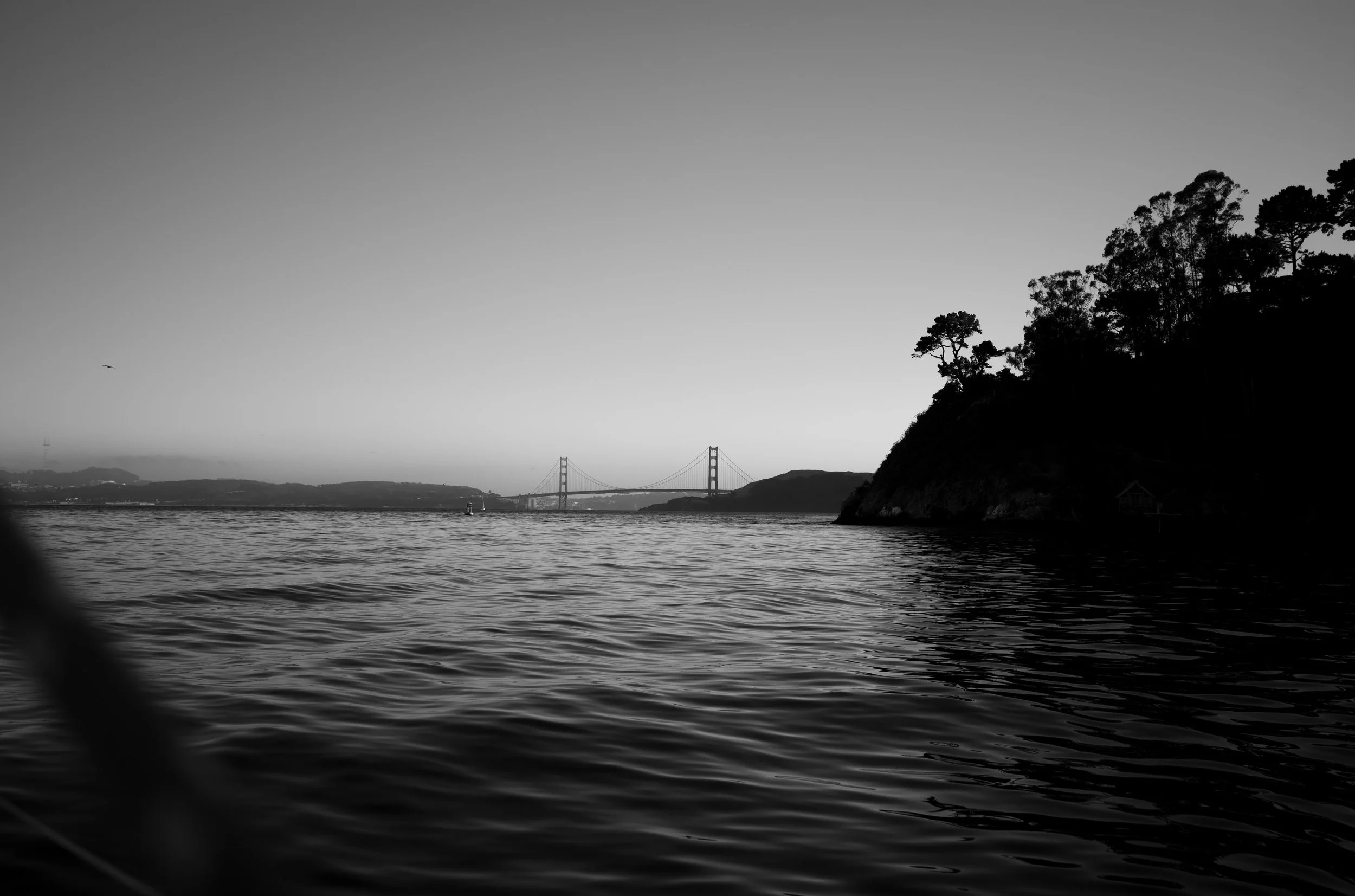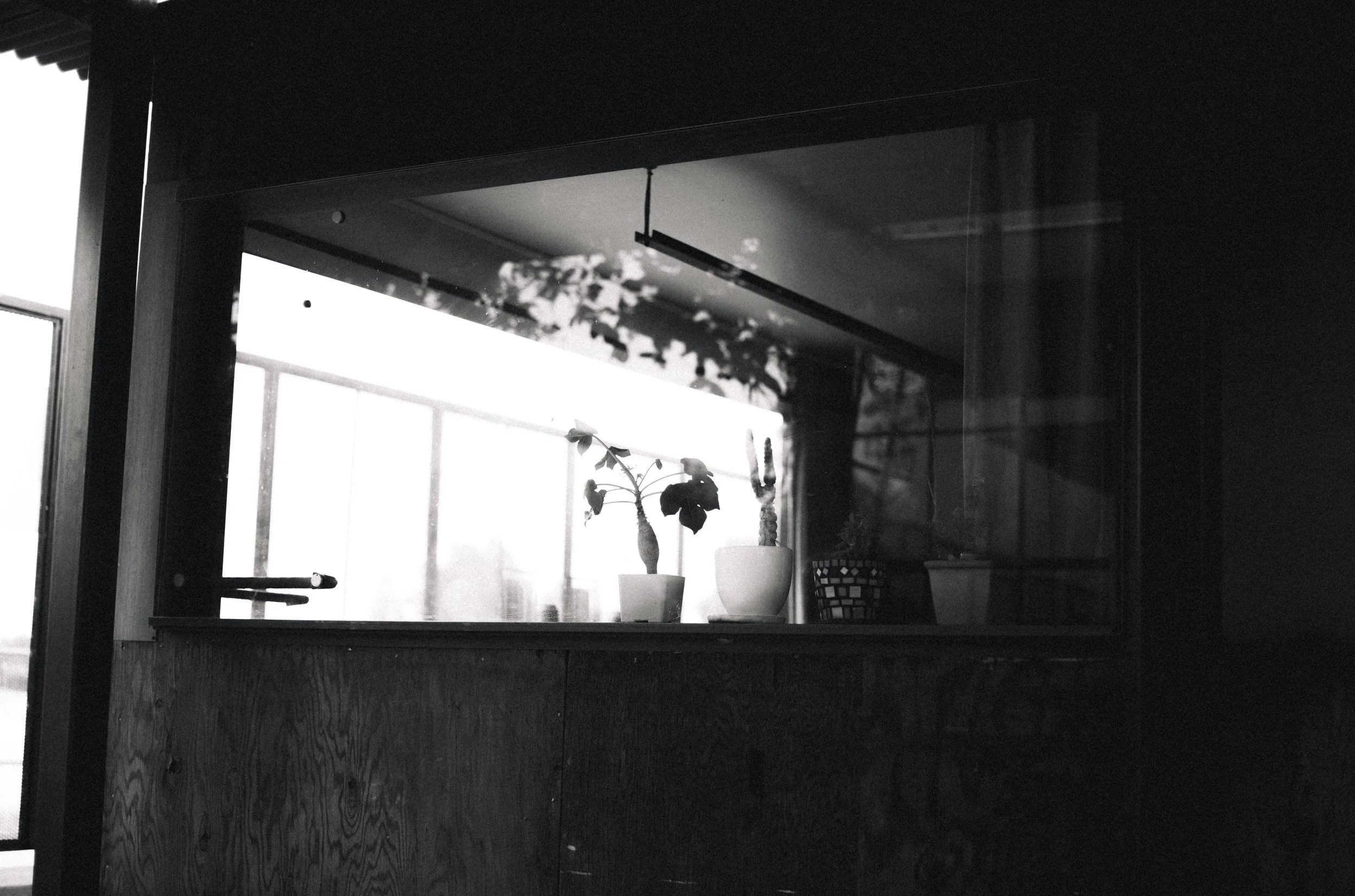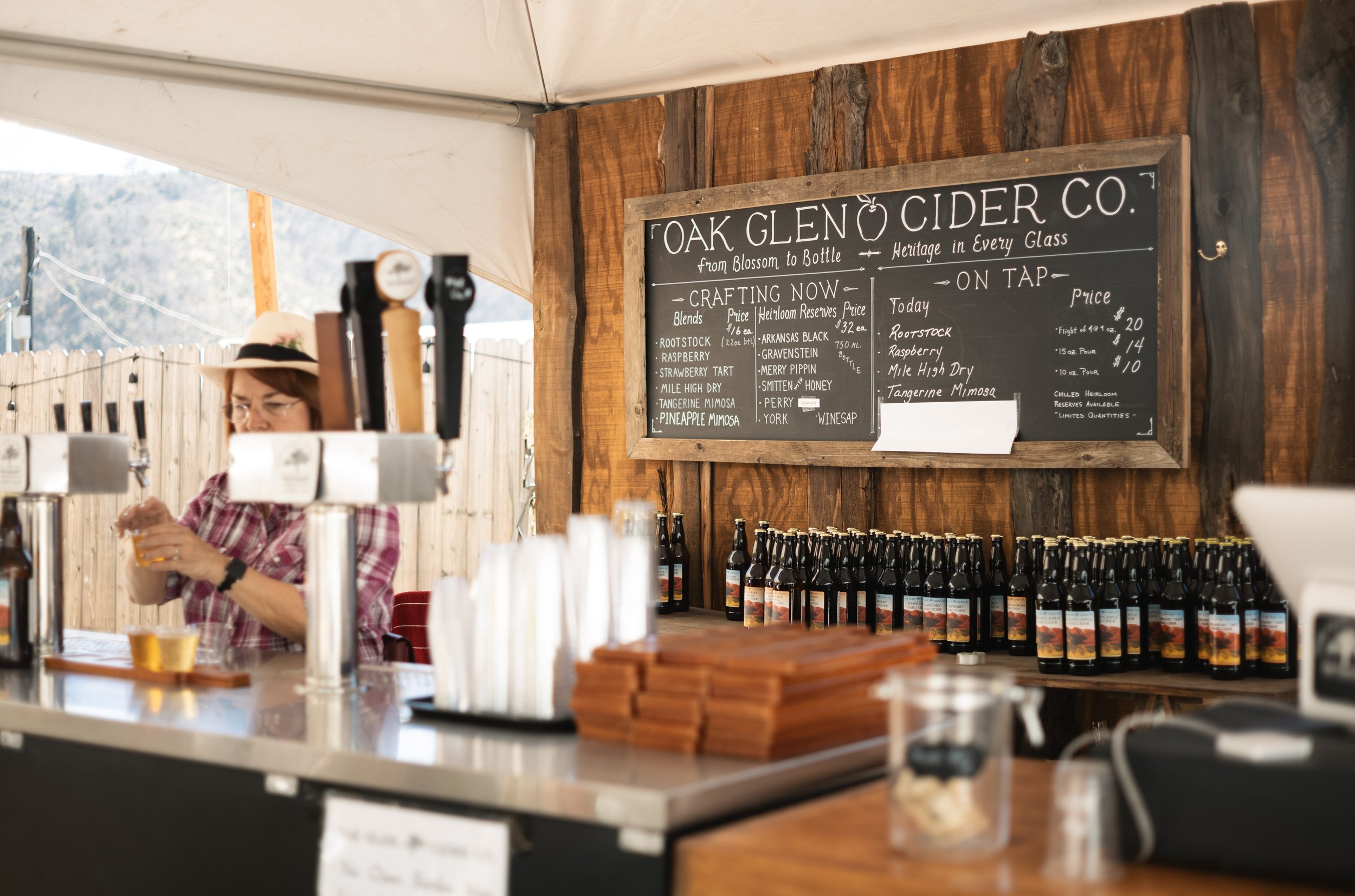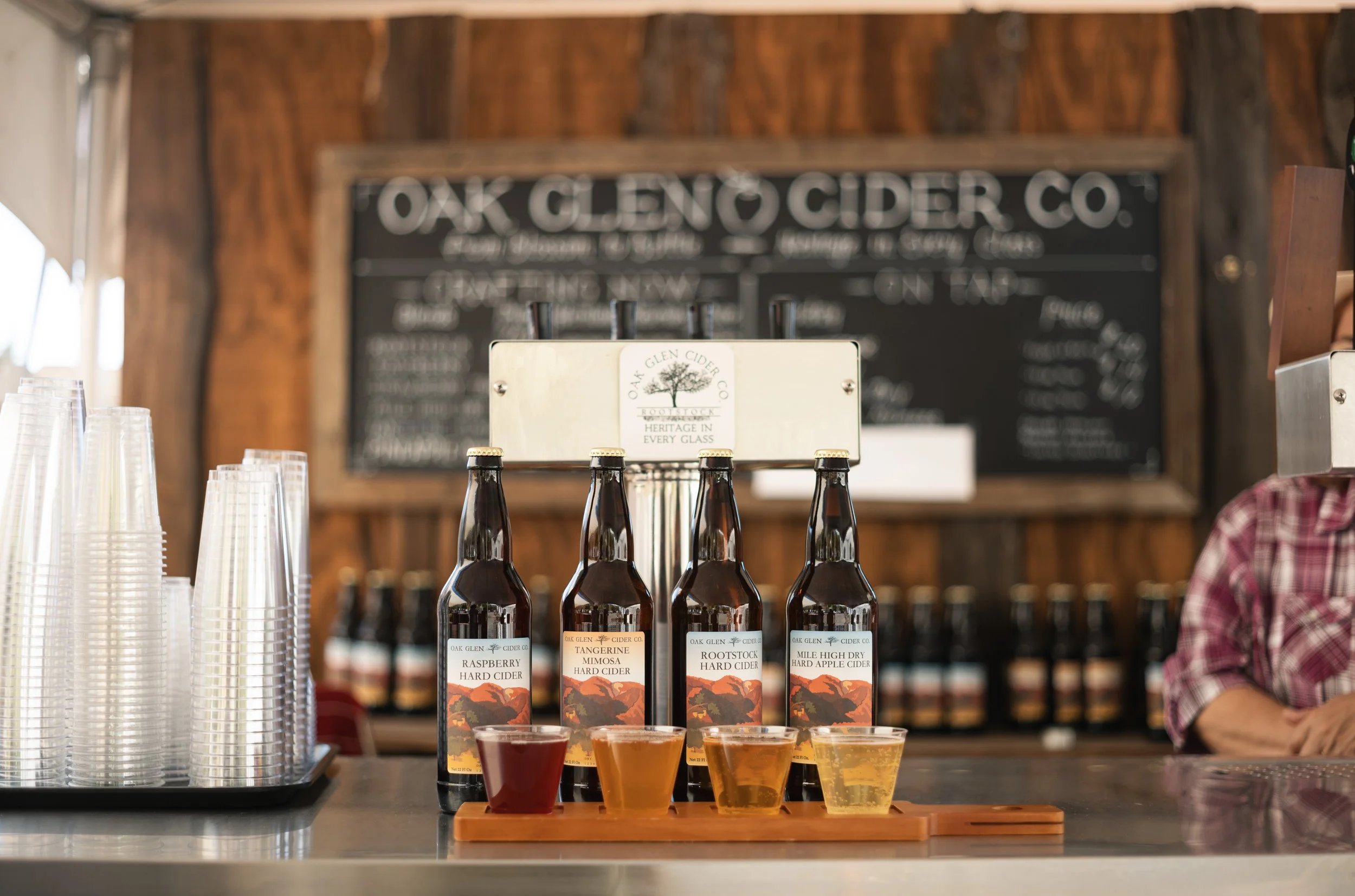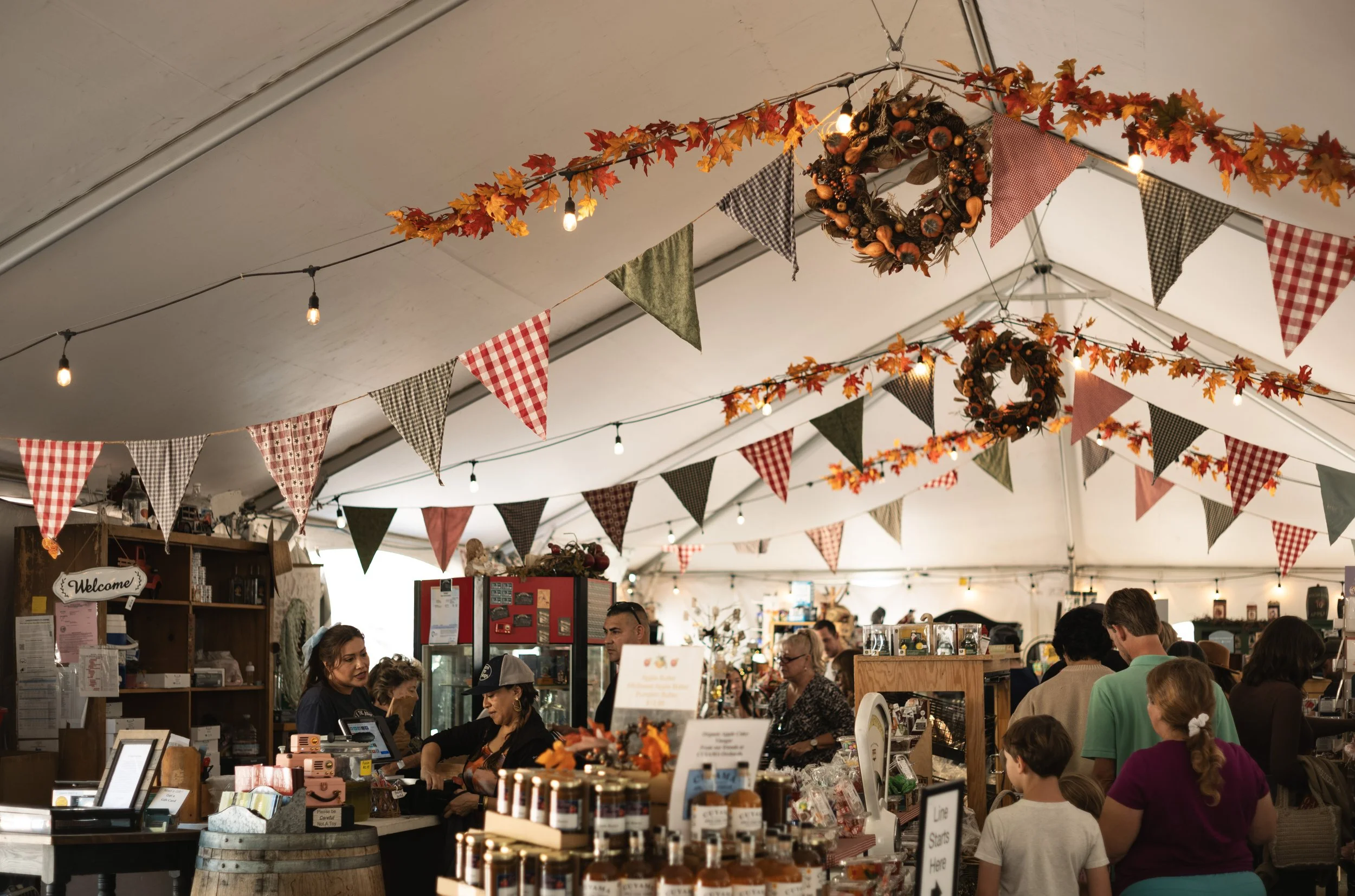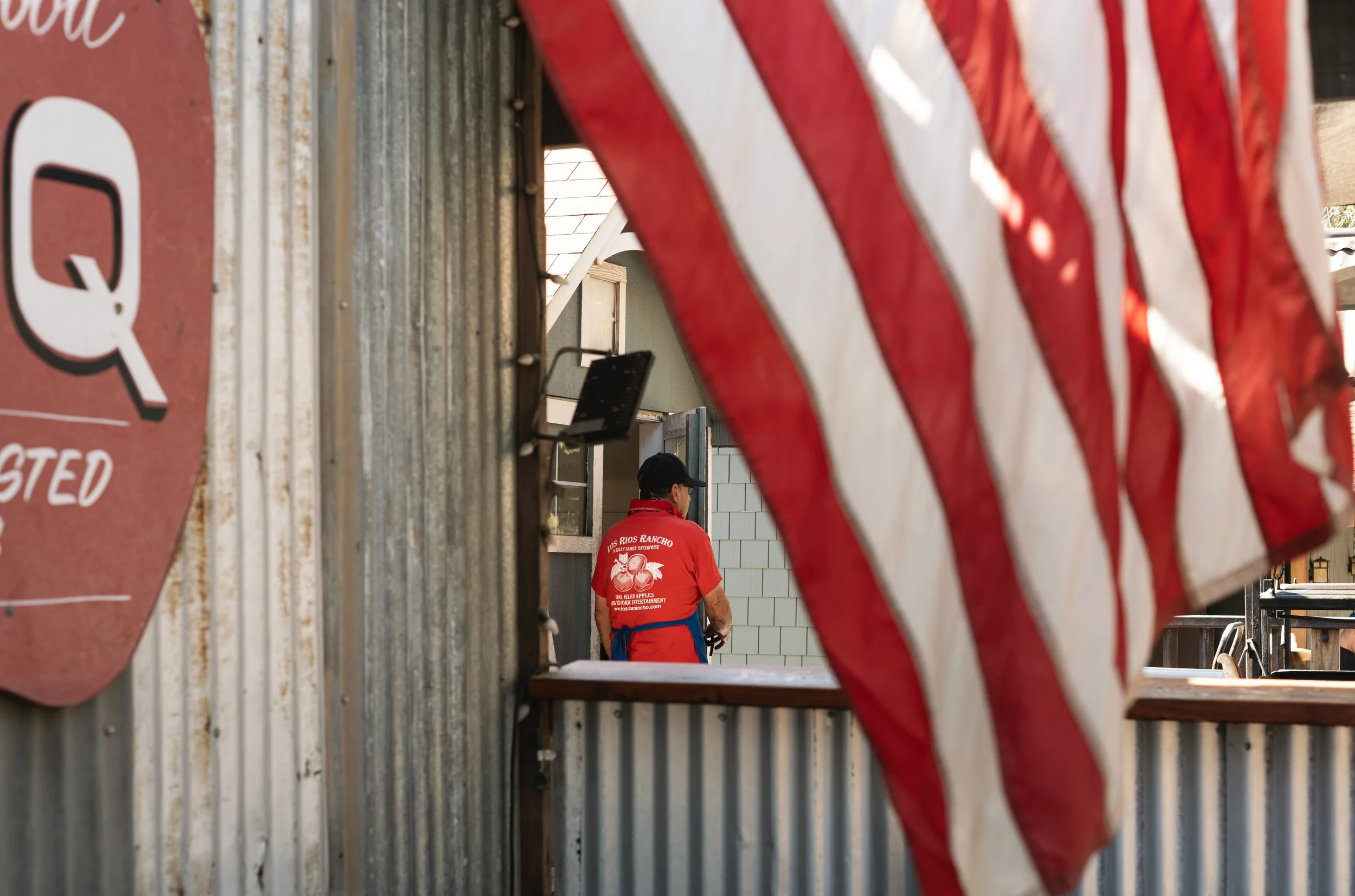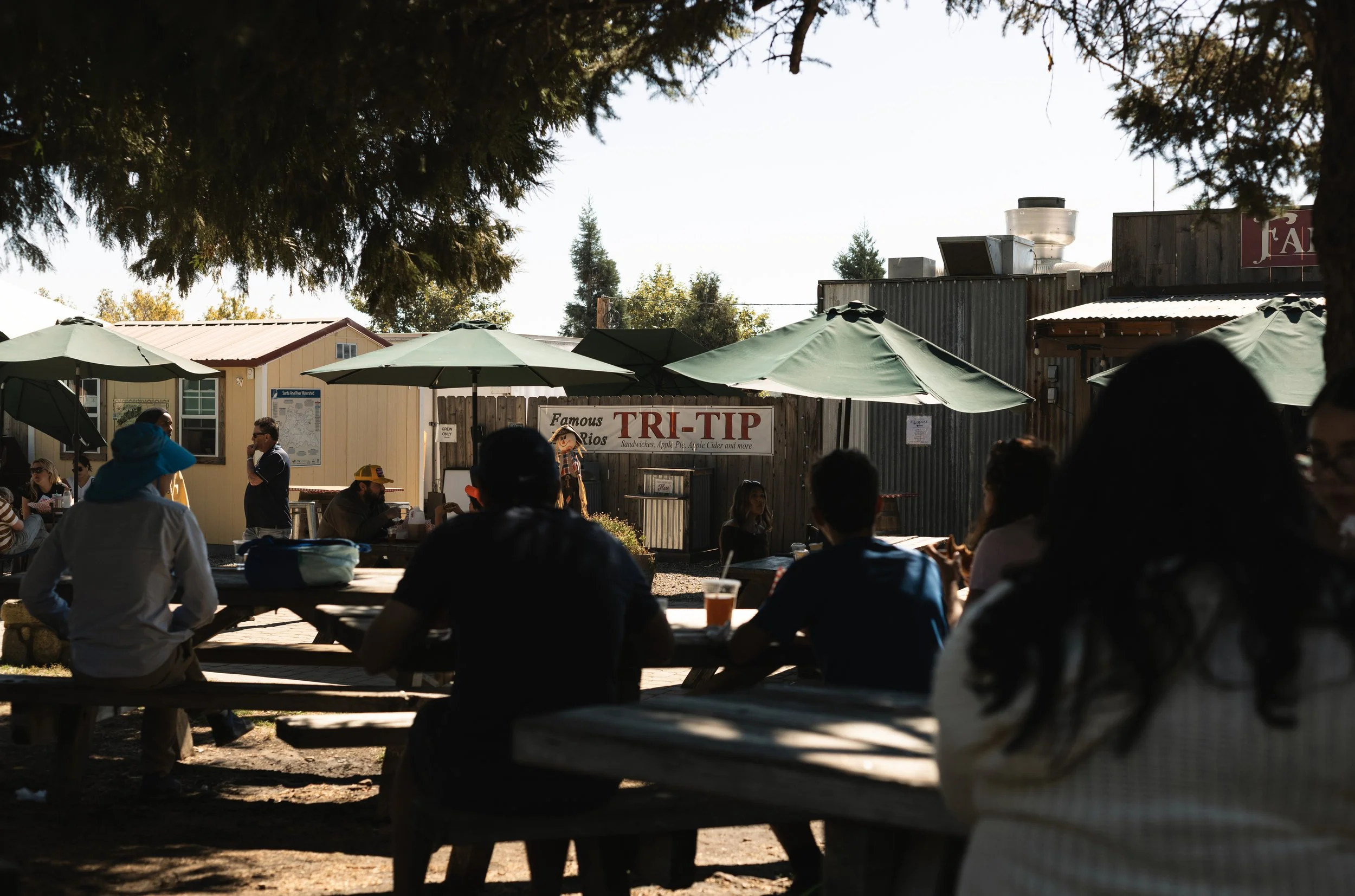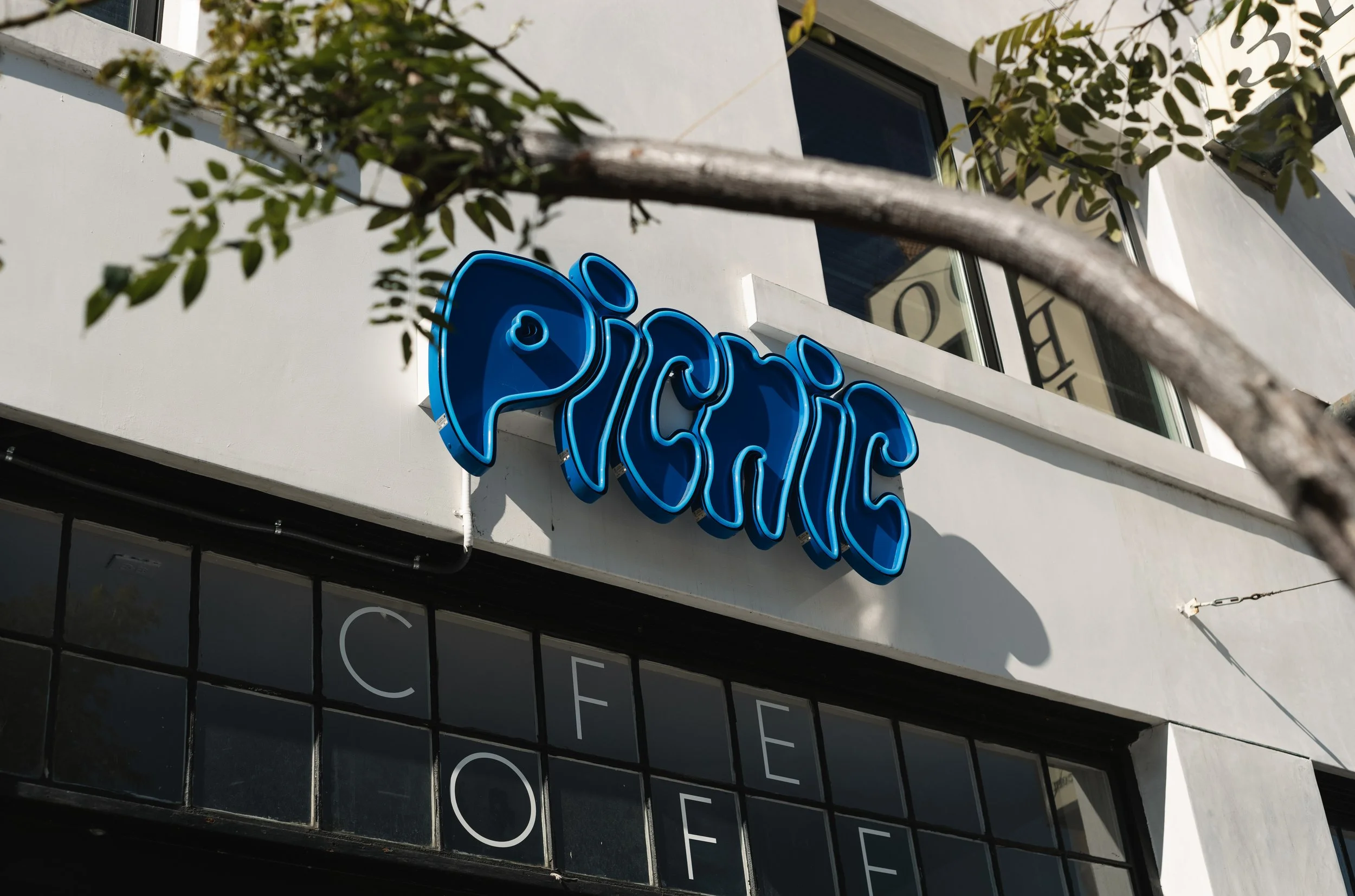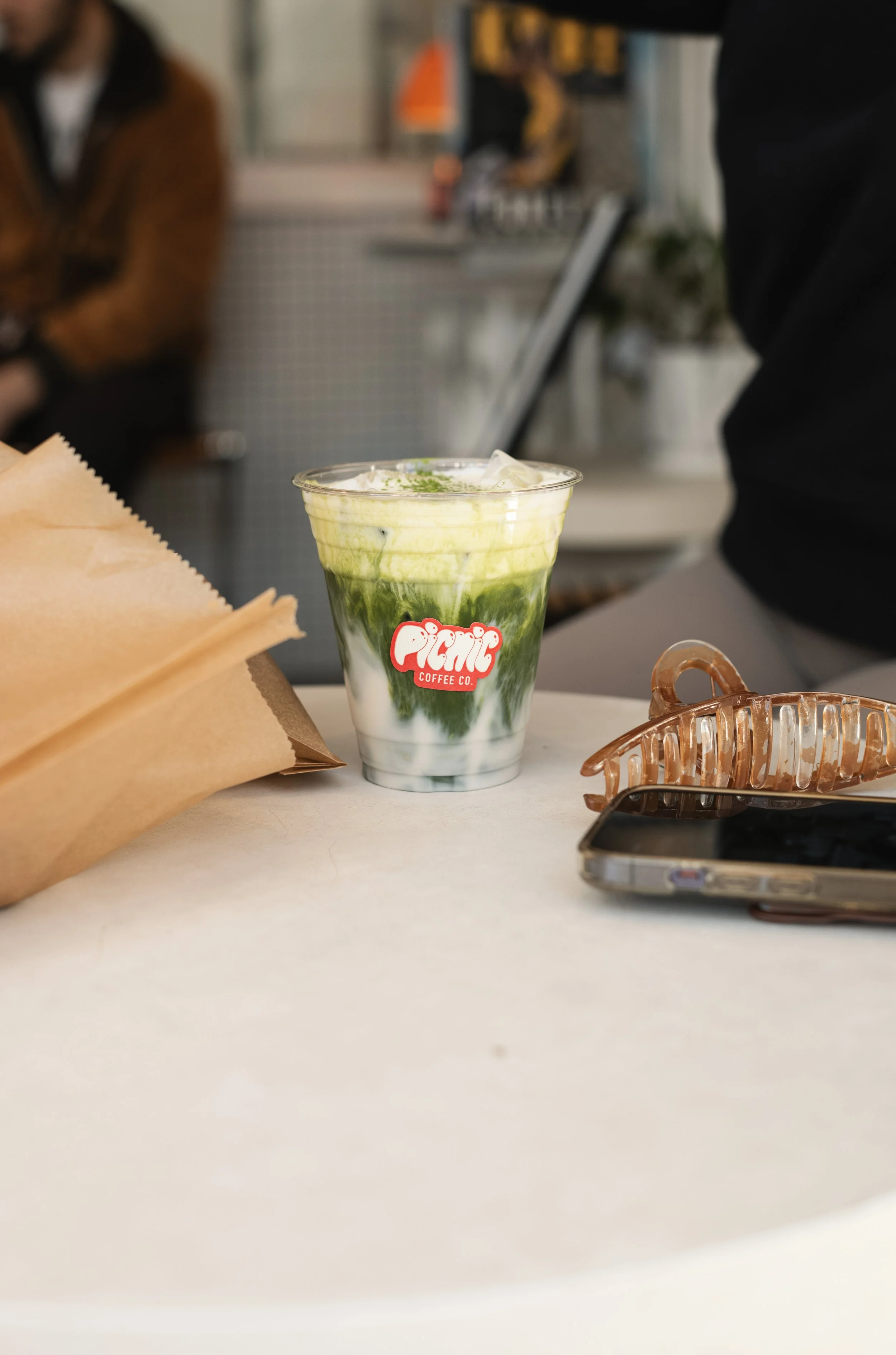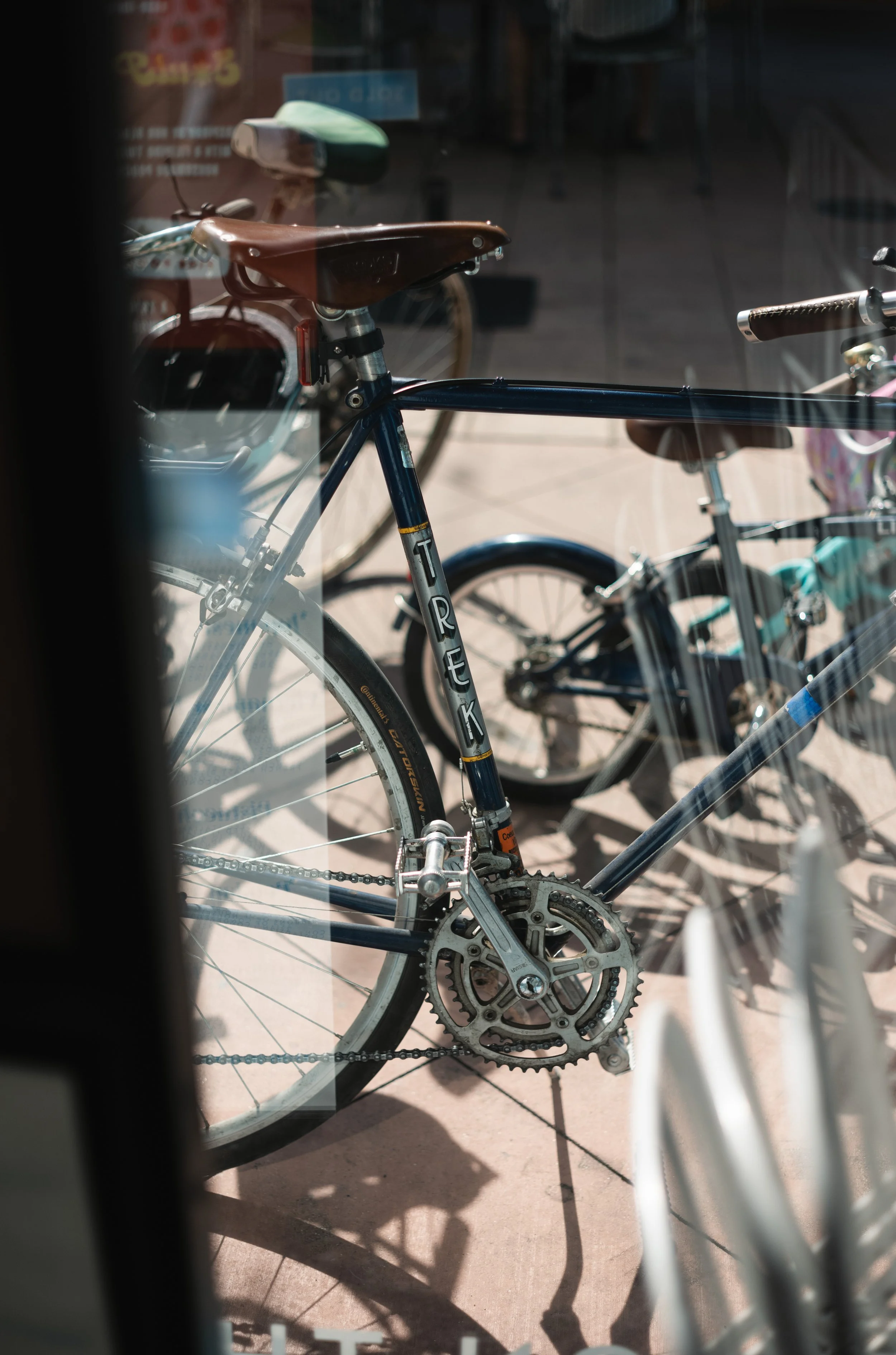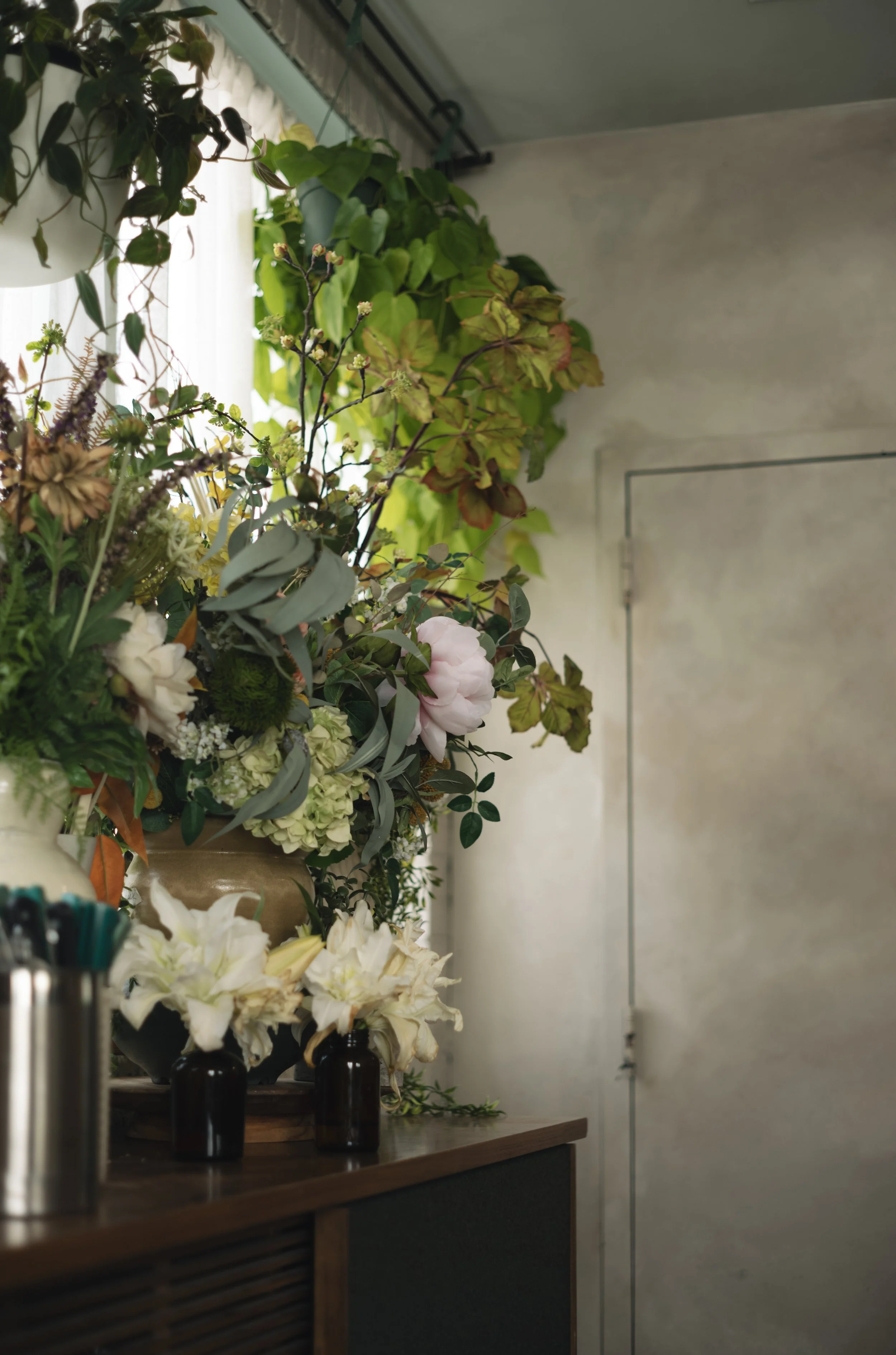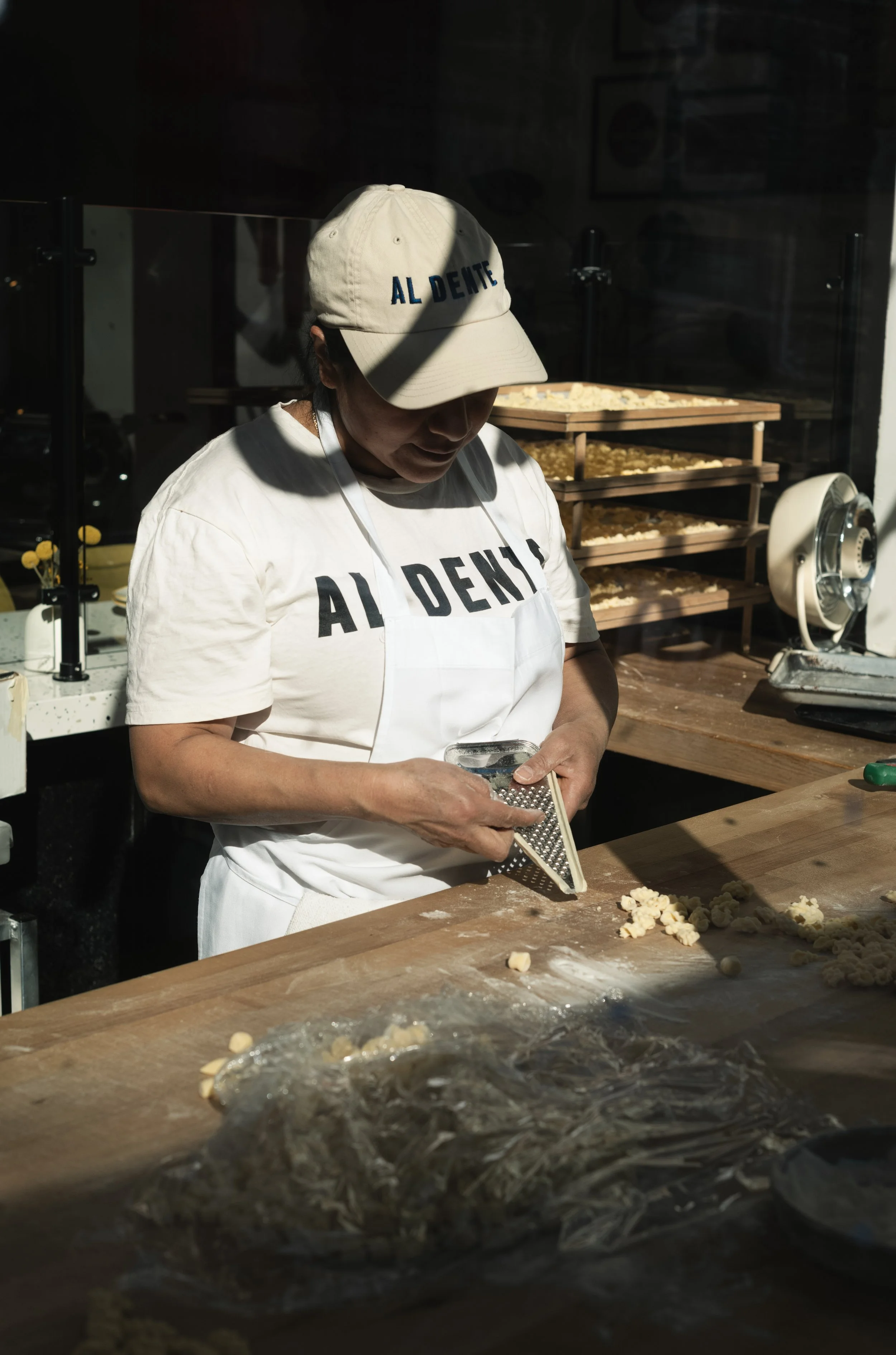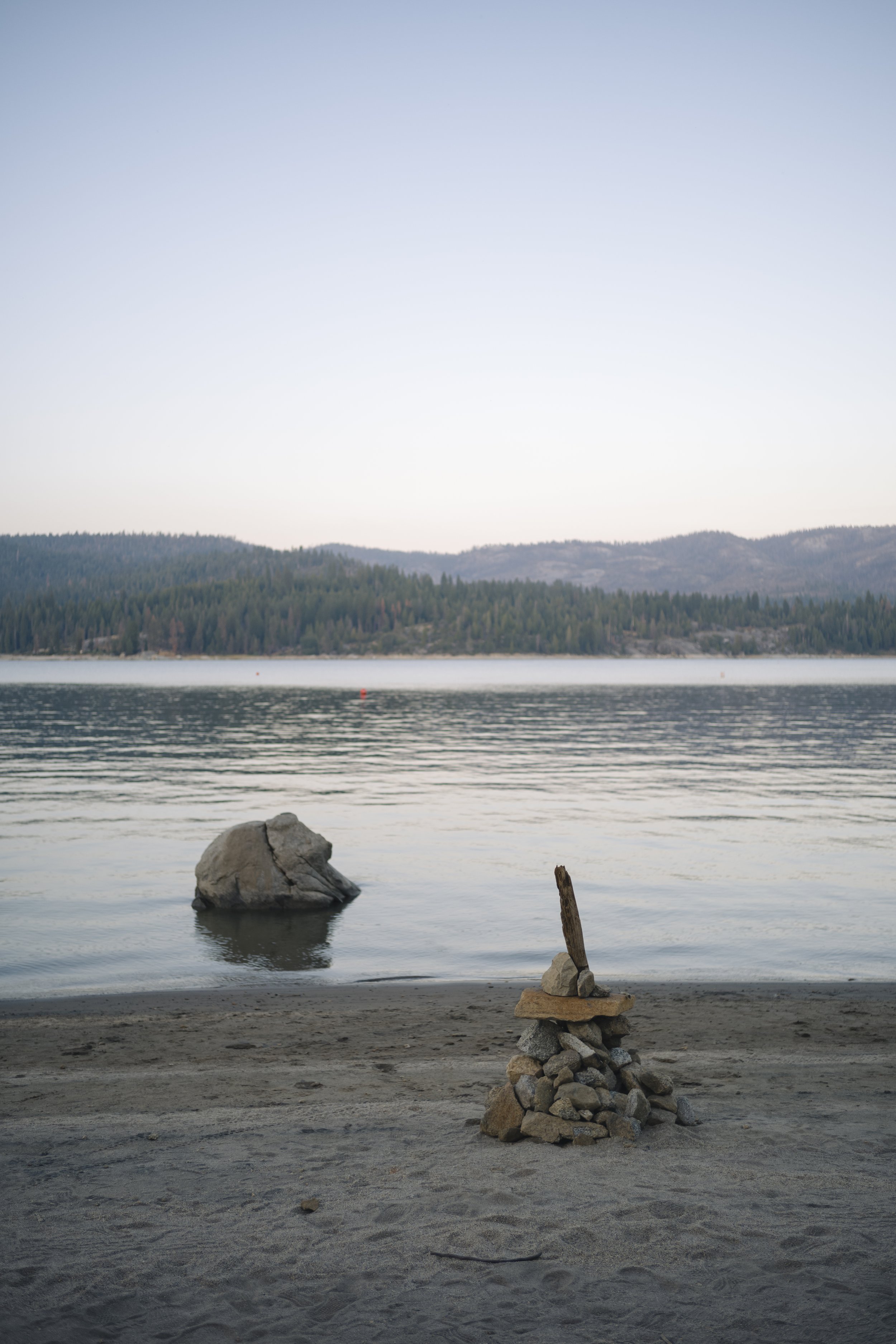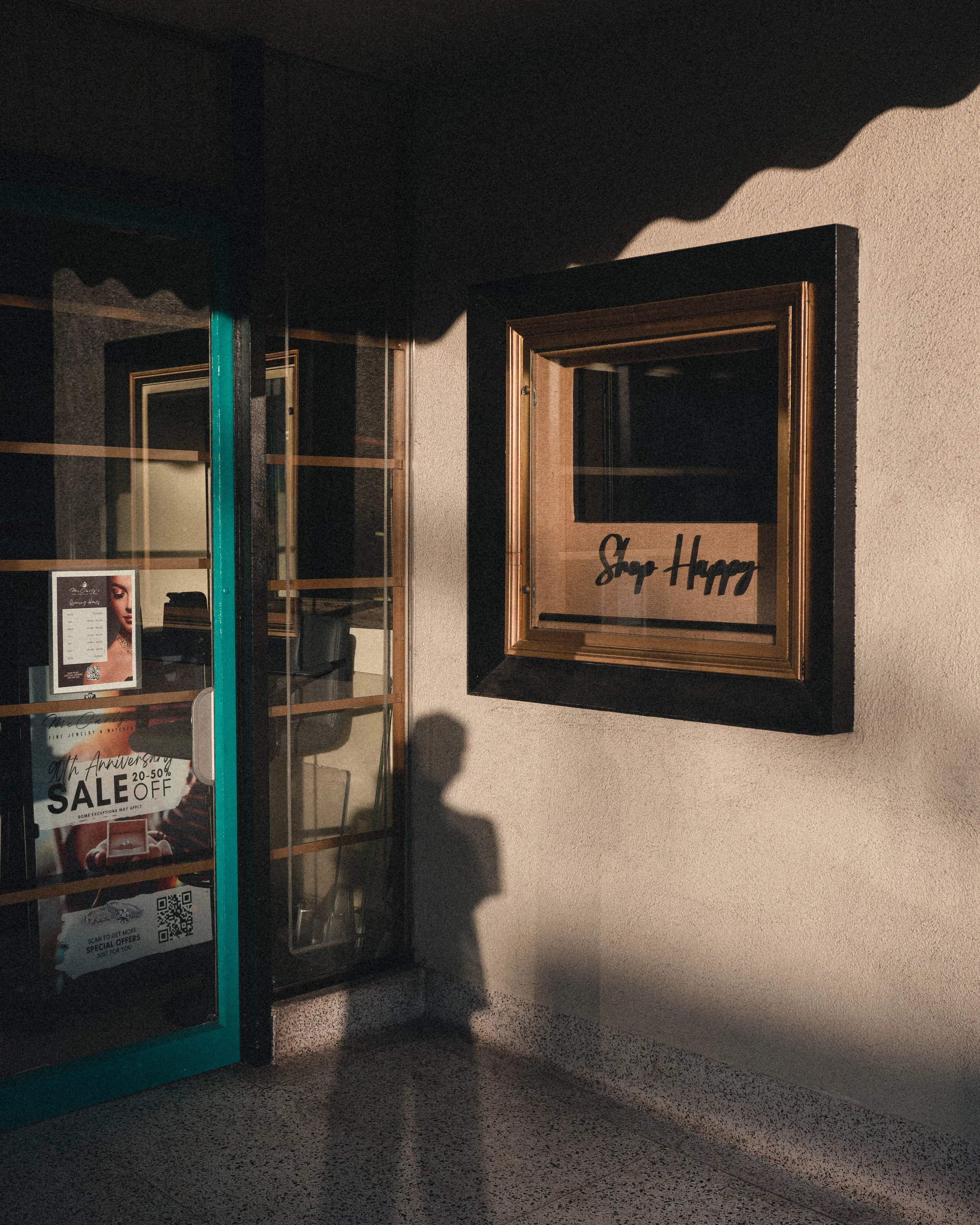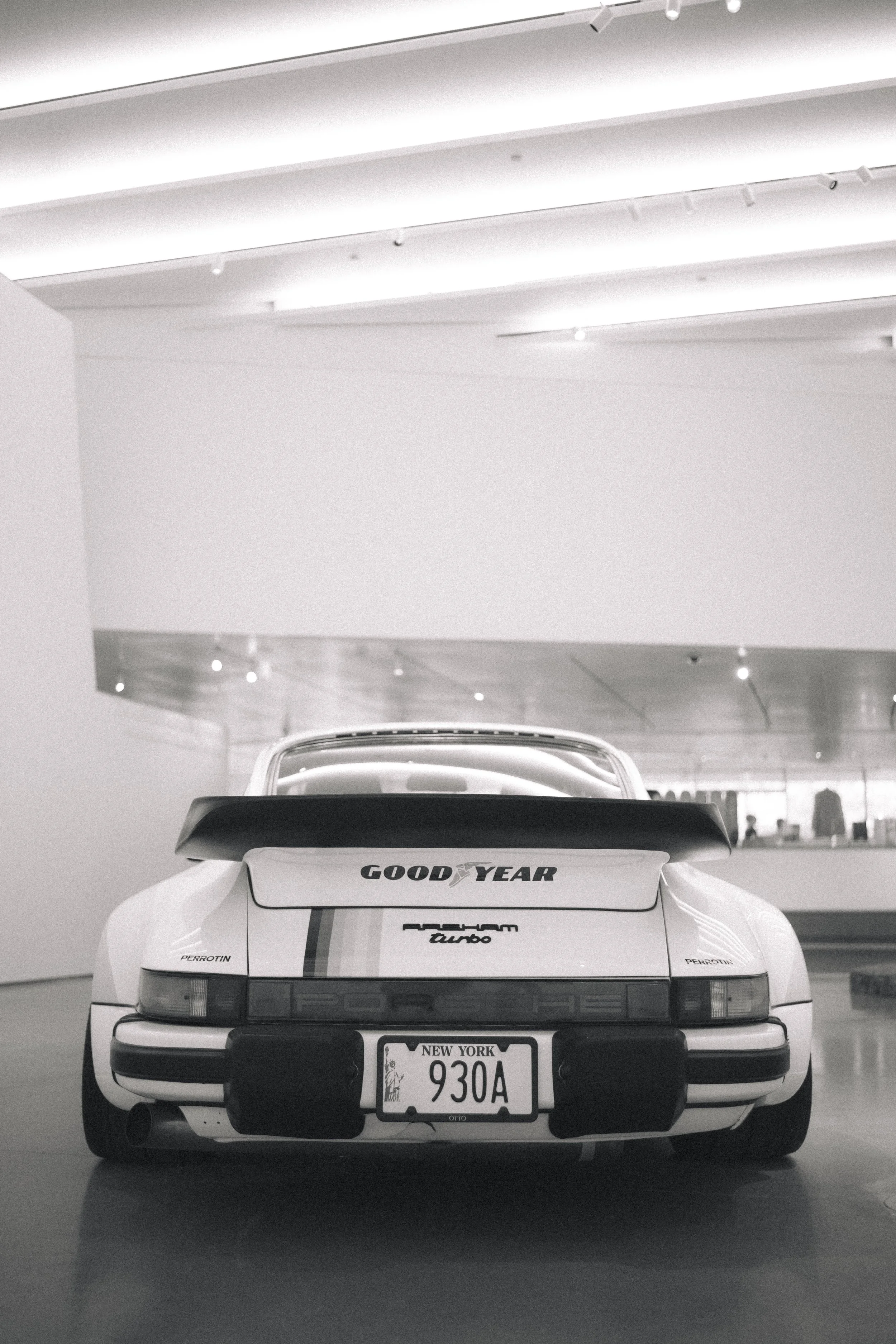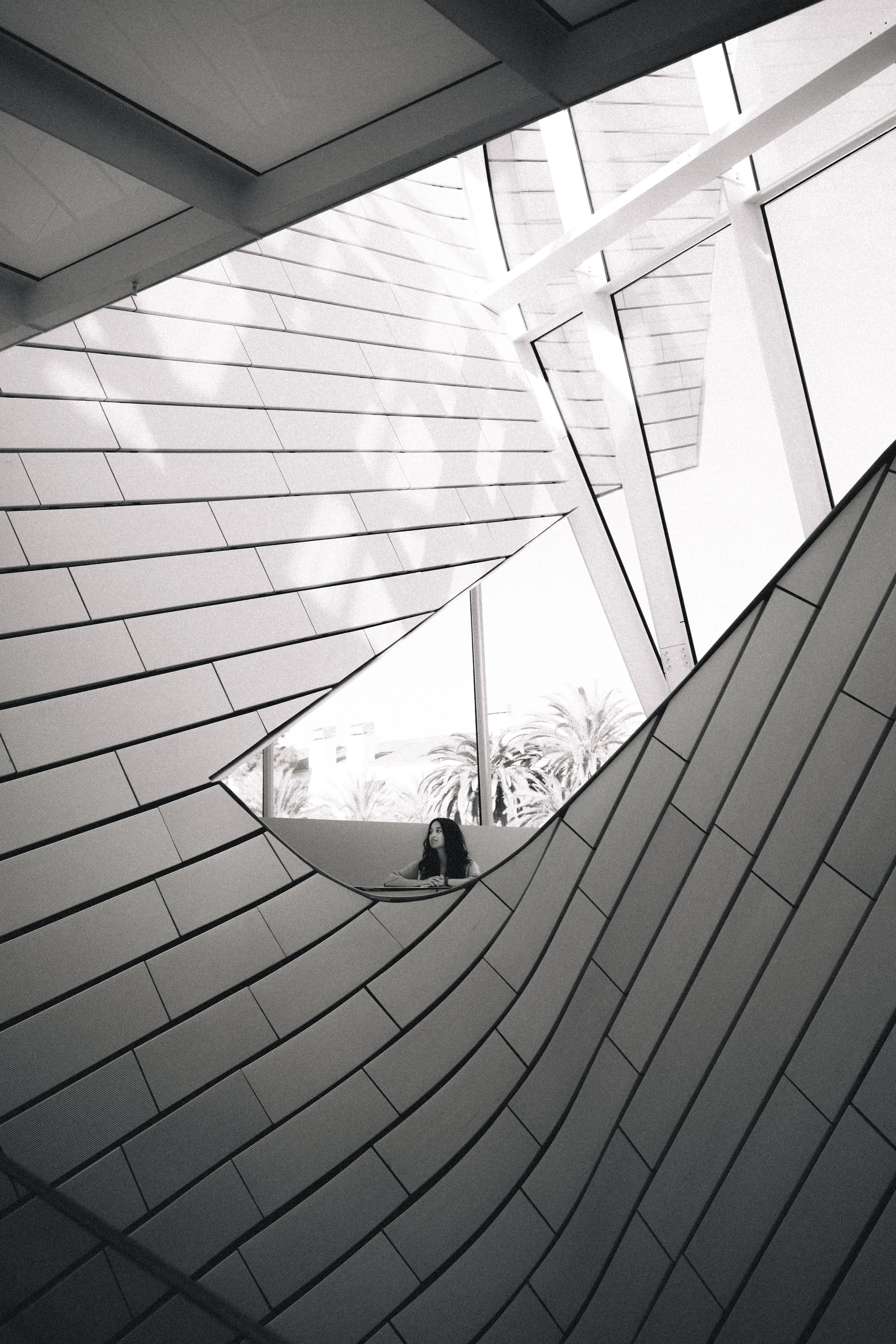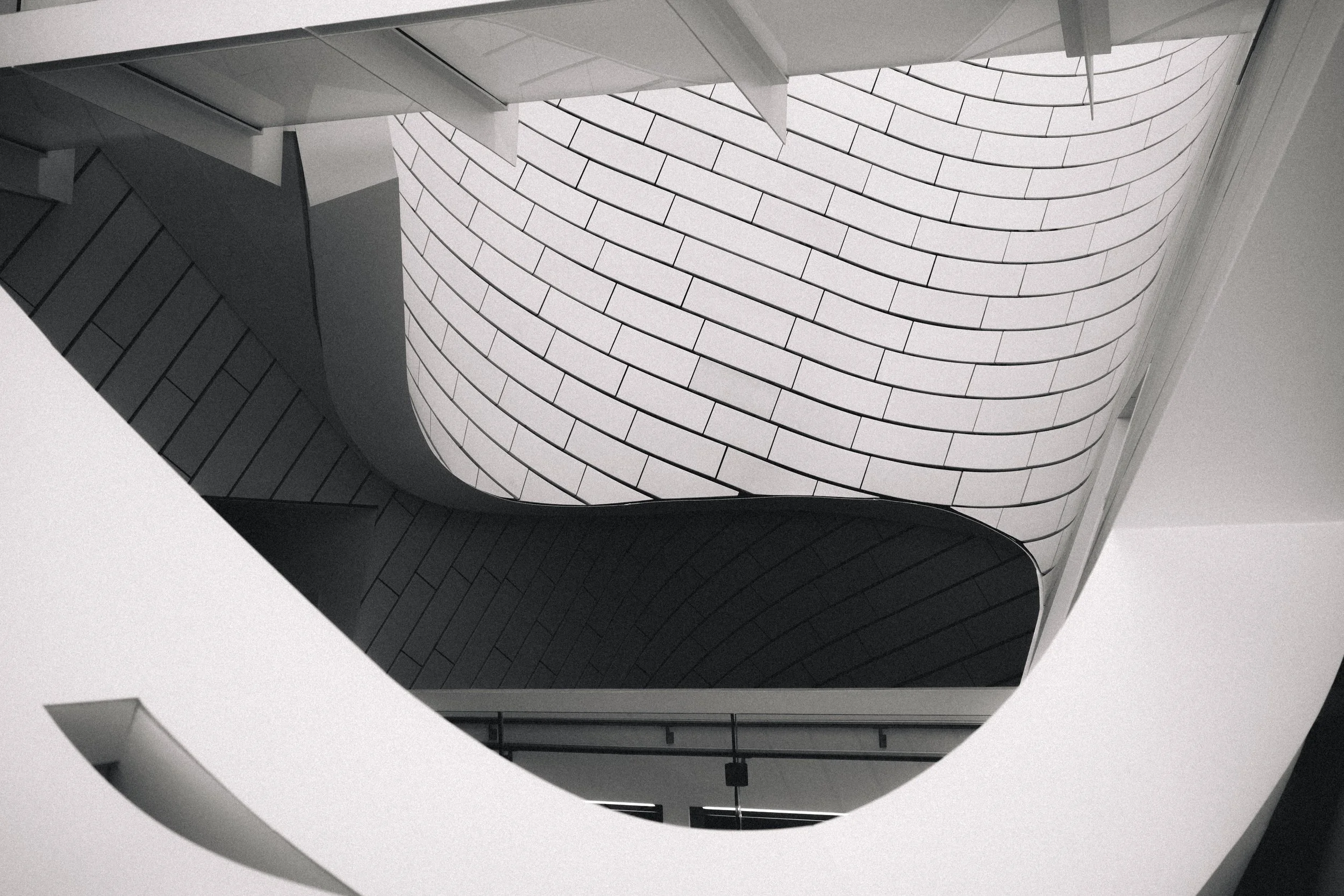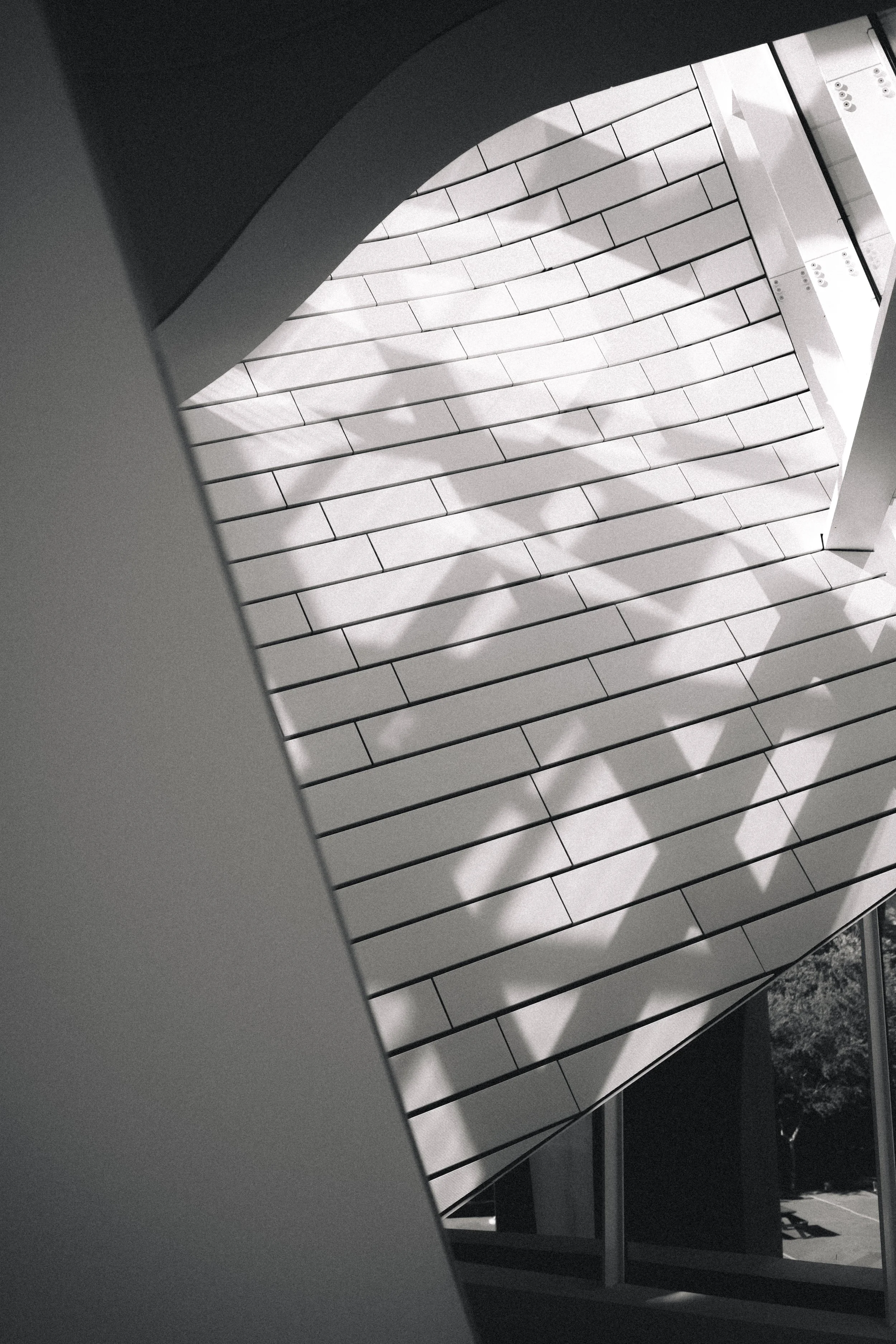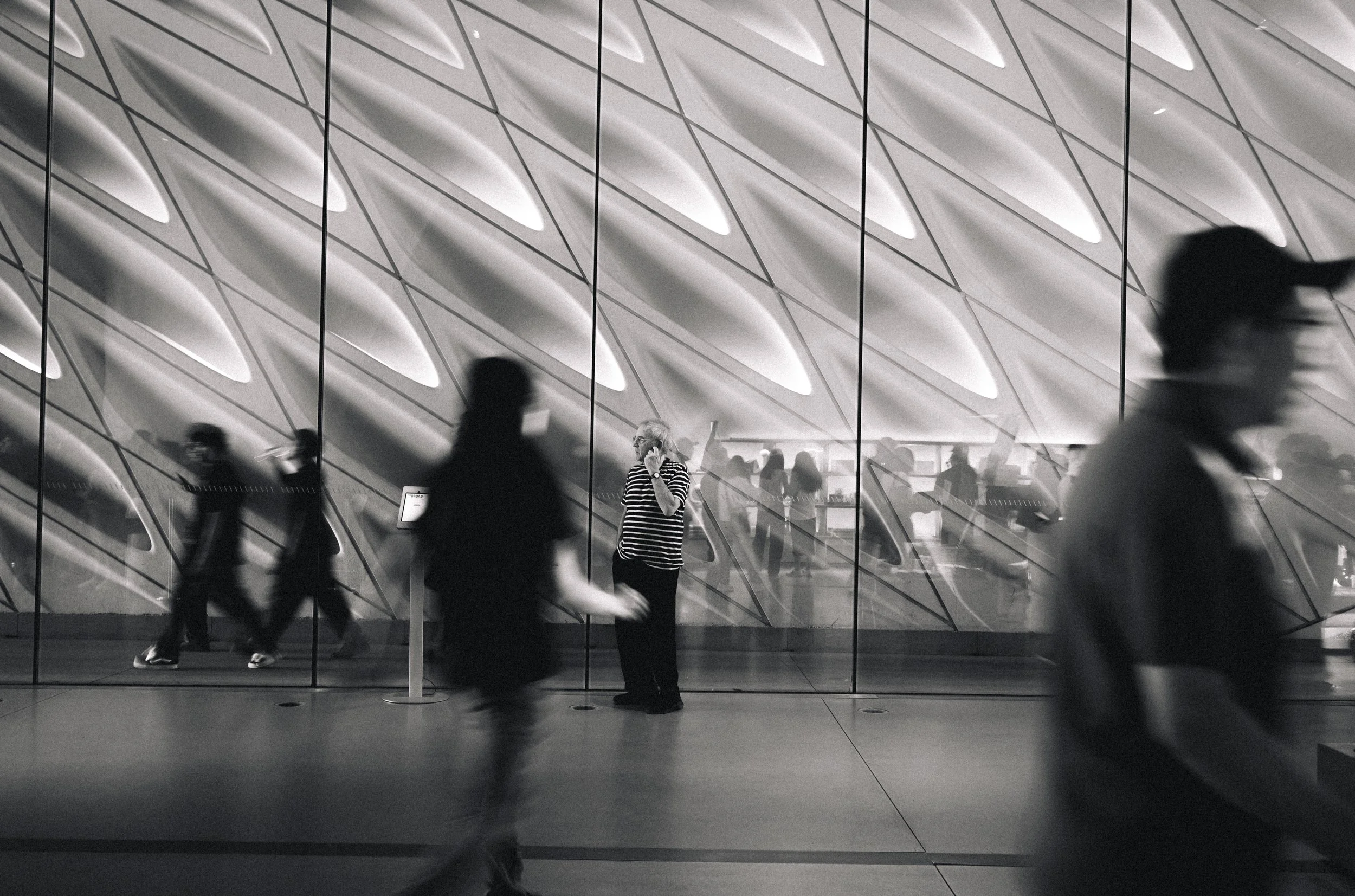
The Leica Story
Selling My Dream Camera
September 26, 2025
I started my photography journey in 2008, about 17 years ago now. That journey started with my very first camera, an Olympus Evolt E-300, handed down to me from my dad. That was the camera that started it all. I started bringing that camera with me everywhere and it quickly grew into something much more than just a hobby. Soon enough, I started to formulate the idea of a dream camera….or in my case, a dream camera brand.
All camera brands have their followings and die hard fans, but I think Leica may be the one brand that gets the most flack. Some believe that these cameras are the pinnacle of pure photography, retaining the heritage and simplicity of the classic rangefinder. Others will say that Leicas are just overpriced toys for dentists and doctors and are out spec’d by modern cameras a fraction of the price. Some of you may not have even heard of Leica until now. For me, Leica has always been an aspiration - the physical embodiment of “making it”, a dream.
As chance would have it, I was fortunate enough to turn that dream into a reality a couple years ago.
I make it a habit of scouring various person to person sale sites for good deals (FB Marketplace, OfferUp, Craigslist, etc.). One such good deal came in the form of someone who was willing to “downgrade” from a Leica to a Fuji, stating he’d rather bring around a camera he wouldn’t have to worry about so much. He was willing to trade my Fuji X-Pro 3 setup with some cash for his M10. Since I didn’t think that anyone would even consider that sort of trade, I hadn’t really done any real research into Leicas until that point. After some quick research, it seemed like a no brainer - a significantly cheaper way to get into my dream brand. I was stoked. I can actually still remember that night - we met later in the evening just outside a boba shop near my local Korean grocery store. This was my first Leica, my first real rangefinder.
And I knew nothing about how to use it.
TLDR: Leica rangefinders are manual focus cameras only and rely on visual alignment of a ghosted image within the rangefinders patch to achieve focus. For those of you who have shot film and cameras before the age of DSLRs/mirrorless, manual focus like this shouldn’t be much of a challenge at all. For me, having shot only DSLRs and mirrorless with autofocus up to that point, rangefinder focusing was absolutely foreign.
Shooting with the M10 proved to be more frustrating than fun. The shooting process was incredibly slow, I had no confidence in my focus, and the 24MP sensor just wasn’t doing it for me. After this first initial stint with the M10, I decided to sell it and get something that was still Leica all but gave me back the autofocus and shooting experience to which I was accustomed. So I ended up with a Q2 Reporter.
I won’t delve into the details of the Q2 - I’ll write something specifically for that later.
Fast forward about a year after purchasing the Q2, and I found myself missing the experience of shooting a true rangefinder. This go around though, I decided I wanted to match the resolution of the other cameras in rotation at the time ~45MP. I won’t get into the pixel debate here, but sufficed to say I enjoy the flexibility that ~45MP (even 36MP) gives me. So the hunt for an M10R started.
As you might expect, I found one used from a local seller. The M10R felt familiar yet with a few welcome upgrades. With its 40MP sensor, it resolved my qualm with the M10 on the resolution front. I can’t say conclusively since I didn’t have both cameras at the same time, but I feel like the low light capabilities and highlight retention were significantly better too. I didn’t bring this camera out nearly as much as I did my X100VI or my Q2, but it still filled a gap in my kit - the experience camera.
I really enjoyed the experience of shooting this camera. Part aesthetics, part emotion, shooting this camera just changed the way I approached taking photos. Case in point, I would almost exclusively shoot the M10R in black and white (but RAW still of course). Shooting in this way somehow forced me to look at light differently and think about how it would affect my image without the distraction of color. Despite enjoying the experience and the process, I found I didn’t have as many keepers from each session as I would with my other cameras. That to me was a sign that maybe this wasn’t the right tool for me right now. Of course, technique and skill go a long way in having more keepers, so there is definitely a non-zero chance that I could probably increase my keeper count by just using the camera more and spending more time with it.
Fast forward almost a year now, and I realized I don’t use it as much as I’d like. It felt like this camera had been relegated to being a “special occasion” camera, yet I didn’t even want to bring it out on special occasions for fear of missing the shot (slow shooting, manual focus, etc.). Generally, I tend to shoot on a more quick reflex basis - I respond last minute to things I see and take the photo. On top of that, a lot of my photos tend to be at close range (i.e. across a table from Monica). With these two things in mind, it’s easy to see why the experience of shooting an M camera might be different from my other cameras, cameras with autofocus. One thing I hadn’t accounted for was the close focus abilities of the Leica rangefinders. For the two lenses I had, a Zeiss Planar 50mm f2 and Biogon 35mm f2.8, the closest focus distance was limited to 0.7m, which tends to be just a bit further than with what I’m comfortable. The last thing that limited my willingness to bring out the camera is, of course, the cost of the dang thing. As much as I want to be a photographer that “uses the gear and lets the scuffs/imperfections tell the camera’s story”, I can’t stomach scuffing a $9,000 camera - I like my gear pristine (and if you know me at all, shocker, right?). This meant that for every instance in which I would want a quick camera to bring out on a day trip or activity, I would just resort to my X100VI just for the fact that I can throw it in a bag and not care.
Ok so at this point, I had all but decided to sell the M10R. The listing was posted on local sale sites, and I had even already gotten a few bites. After writing a majority of this review though, I decided to take the camera out for one last hurrah. I figured there was no downside - if at the end of the trip, I was still set on selling the camera, at least I had one last run with such a beautiful camera, and if I decided to keep the camera, then at least I didn’t already sell the camera. One last trip to decide the fate of my M10R ownership.
So I set off to Denver with my Zeiss 35mm and 50mm for my friend Dan’s wedding. Spoiler alert - the 50mm stayed on the camera the entire trip. We were set to land at DIA and then drive a couple hours out to Estes Park, which is an absolutely beautiful drive in September. This drive really set the stage for the beautiful views that were to take place at the wedding. A couple snaps here and there at the wedding, and all the emotion and joy from shooting this camera came back at once - it just felt fun. Funny enough, this time around, I didn’t really even focus on how the pictures would turn out - I just enjoyed the process of using the camera. Especially for candid emotional moments, there was just something special about seeing it all unfold through a rangefinder window, without anything digital between me and the experience. Upon reviewing the photos, the same from above held true - I took significantly fewer photos that I would have normally taken and quite a few of them weren’t absolutely tack sharp. However, what I did notice this time, was that I caught a lot of emotion in the few photos I did nail. I’m not sure if I would have been able to get the same shots with my Z8 or any of my other cameras, but what I can say is that the shooting experience and emotional output really made it worth bringing this camera for this event.
So where did that leave me?
The same sentiments from before held true - I love the shooting experience and the output that I can get, but at the same time, this camera doesn’t feel the same as my other cameras and is a much slower workflow. But what this most recent experience has taught me is that it’s worth it to have a camera that elicits this kind of feeling. It doesn’t need to be perfect and it doesn’t need to be the same as my other cameras, it just needs to work for the use cases I put it in. So after much deliberation, I decided I was fully set on selling the M10R……so that I could fund an M11/M11P.
So why sell the M10R if I’m just going to get another M again with the same limitations? I guess two things:
1. I don’t *need* the M10R right now and
2. after mulling it over on the plane ride home (and multiple days after that), I’ve decided that the M11/M11P would fit my workflow a bit more.
The main upgrades that the M11 series would bring that are really appealing to me are the ability to charge via USB-C (rather than a dedicated battery charger) and internal storage. These two things would allow the Leica to fit into a workflow and lifestyle I enjoy with my other cameras - the ability to travel easily with just the brick/cables necessary for all my other devices and the ability to never worry about having enough storage/redundancy.
As chance would have it, the weekend I got back from my trip, I sold the M10R. Looking back, the M10 series has taught me so much about photography and really emphasized how important the shooting experience is - almost as important as the output itself. I’ll keep you all posted on the M-adventures as they unfold. This post will be the start of my gear reviews and experiences, so stay tuned for more to come.
Until then, thanks for reading!
